




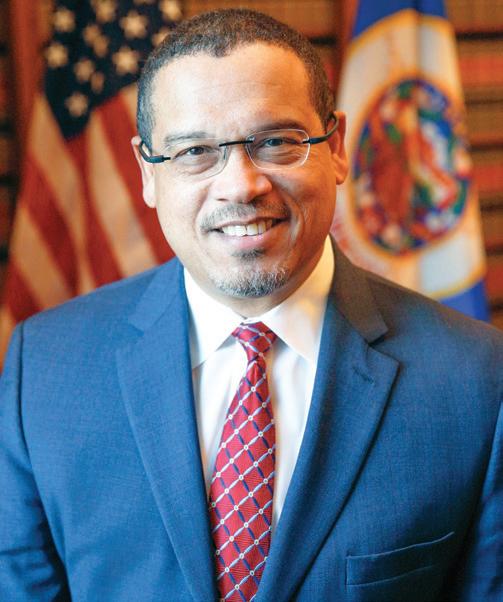
By Alexzia Shobe Staff Writer
ith early voting underway in Minnesota and a new law protecting the electoral process,
Attorney General Keith Ellison released updated guidance on the right to vote safely in a new electronic Election Report Form that Minnesotans can use if they encounter challenges in exercising their right to vote.
“Minnesotans cherish our democracy and our freedom to vote,” Ellison said, “and I am confident Minnesota’s elections will continue to be as safe, free and fair as ever. I do not anticipate needing to enforce these laws, but I will not hesitate to do so in order to keep our elections free from force, threats, or disinformation weaponized to keep Minnesotans from the ballot box.”
By Stacy M. Brown
new study from Princeton University, in partnership with Liberation Ventures, offers a comprehensive look at public opinion on reparations in the United States. The 2024 Reparations Beliefs and Sentiments Poll shows that 36% of Americans support comprehensive reparations, which include cash payments, an apology, and investments in Black communities.
An additional 19% of respondents are neutral on the issue, while 46% express opposition. According to a Gallup poll, the findings reflect a significant shift since 2002, when only 14% of respondents supported cash reparations.
The study comes as reparations gain momentum across the country, with 23 cities and states establishing commissions in the past five years to study or implement reparations policies. Support for reparations is particularly strong among younger Americans, with nearly half of those aged 18-35 expressing approval. Political leanings also play a role: 49% of Democrats and 23% of Independents said a candidate’s support for reparations would increase their likelihood of backing that candidate. In comparison, 62% of Republicans indicated it would negatively impact their view of a candidate.
tions—emphasized the importance of acknowledging the long-term effects of slavery, redlining, and Jim Crow laws.
“We just need to speak truth about history,” Harris told the Grio. “We need to speak truth about the generational impact of slavery, the generational impact of redlining, of Jim Crow laws.”
While Harris advocated for reparations through legislative action, she did not rule out the possibility of executive action.
Harris linked the reparations issue to her broader economic plan aimed at addressing systemic barriers such as student loan debt, medical debt, and racial bias in home appraisals, as well as Black maternal mortality. She emphasized the need for solutions addressing racial inequality’s historical and ongoing impacts.
“We need to speak truth about the generational impact of slavery, the generational impact
of redlining, of Jim Crow laws.”
Despite growing support for reparations, the poll highlights a significant gap between support and belief in the feasibility of federal reparations.
While 36% of respondents support reparations, only 11% believe they will ever be implemented at the federal level. This “hope gap” suggests skepticism about whether political and public support will translate into actual policy change.
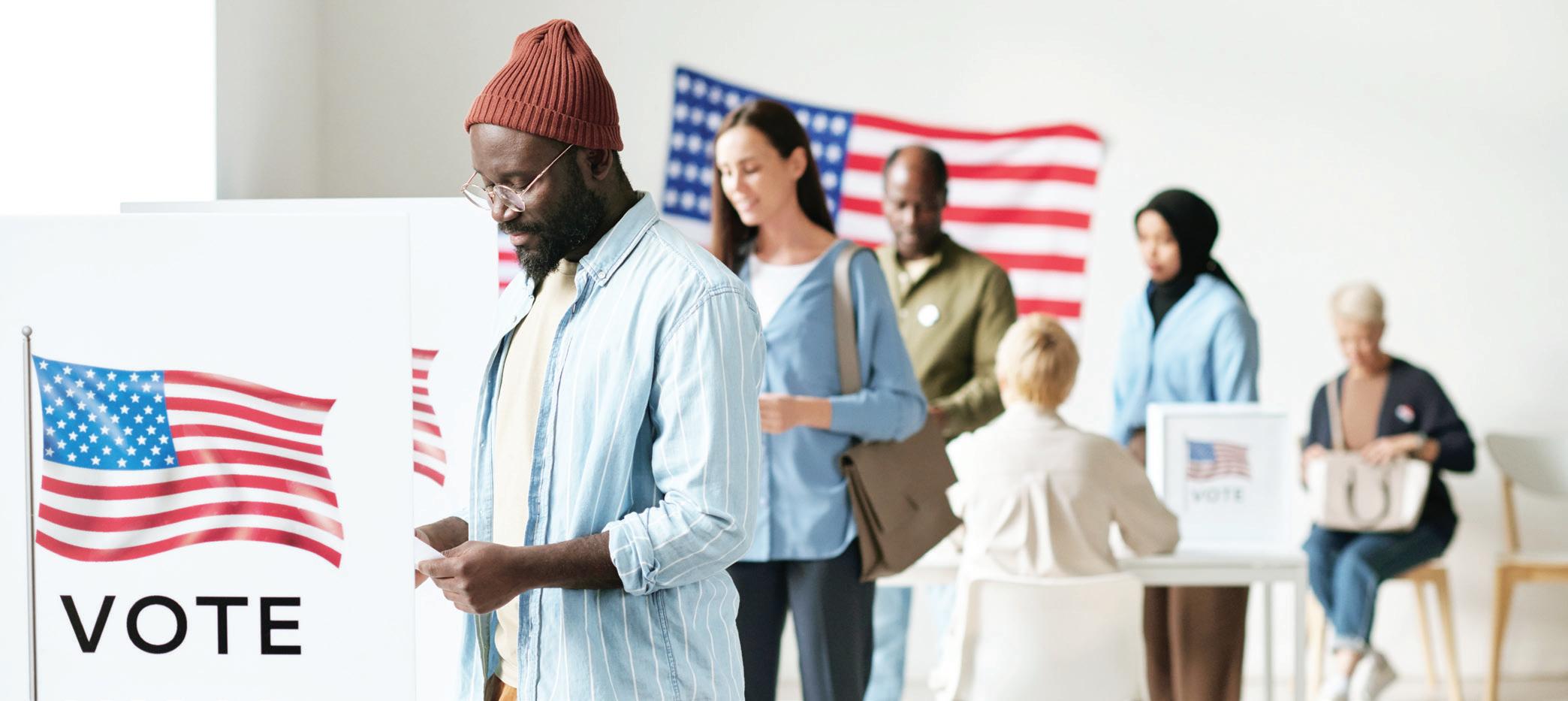
Minnesota made a pivotal decision earlier this year to enforce and strengthen Minnesotans’ freedom
Landmark pro-voter legislation, the Minnesota Voting Rights Act (MNVRA), made Minnesota the seventh state
An interview with Conference Commissioner Dr. Kiki Baker Barnes
By Charles Hallman Contributing Writer
r. Kiki Baker Barnes is the winner of the National Association of Intercollegiate Athletics (NAIA) Rise Leader of the Year award. She is the NAIA’s only all-Black conference commissioner, the Historically Black Colleges and Universities Athletic Conference (HBCUAC).
Formerly the Gulf Coast Athletic Conference, Barnes became the league’s full-time leader in 2022 following three years as interim commissioner.
After a 16-year stint as athletic director at Dillard University in New Orleans, she became the conference’s first Black female commissioner in conference history and the NAIA’s history. The association was founded in 1937 and comprises over 250 member institutions.
Barnes also is a member of a very elite group of Black female collegiate commissioners, all leading HBCU conferences
and all firsts in their roles. Jacqueline McWilliams Parker (CIAA) is the first Black woman to serve as commissioner for NCAA Divisions I, II, and III; Sonya Stills (MEAC) and Big South Commissioner Sherika A. Montgomery are the others.
A former Division I athlete at the University of New Orleans, Barnes later became a basketball coach and then athletic director. She returned to school and earned her doctorate in higher education administration. Her two previous degrees were in mass communication and media studies.
“I am deeply grateful for Jacque,” Barnes said in a recent Q&A interview. “We all stay connected to one another, and Parker is the one that spearheaded putting us all together. So, I will say that having her step into that role as a mentor, advisor, confidant, supporter, sister, friend—that has, I think, made this journey a lot easier.”
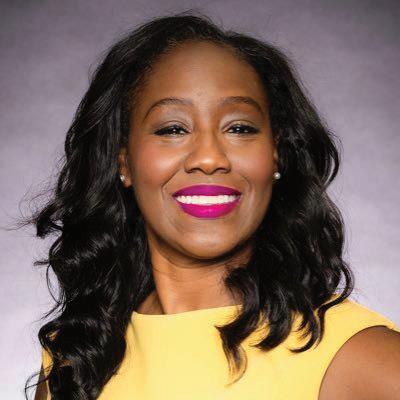
MSR: How is the current college sports landscape at the NAIA level?
KB: We’re all still trying to figure out how to navigate this space, and how do we continue to keep the student athletes at the forefront of the conversation? How do we create quality experiences for them? How are we working with our institutions, collectively, to move the needle? It doesn’t matter what level you’re at. Those are core issues that we’re all working to address at
Vice President Kamala Harris recently addressed reparations during a 45-minute interview with the National Association of Black Journalists and WHYY public radio, making her most extensive comments on the issue since becoming vice president. Harris, who co-sponsored H.R. 40 as a senator—a bill to establish a commission to study repara-
Princeton officials said the 2024 Reparations Beliefs and Sentiments Poll is the first comprehensive national survey on the topic and will be conducted regularly to track changes in public opinion over time. Researchers said that by establishing a baseline of public attitudes, “the poll will help measure how support for reparations evolves in the coming years and provide essential data for those working to address historical racial injustices.”
Stacy M. Brown is NNPA Newswire senior national correspondent.
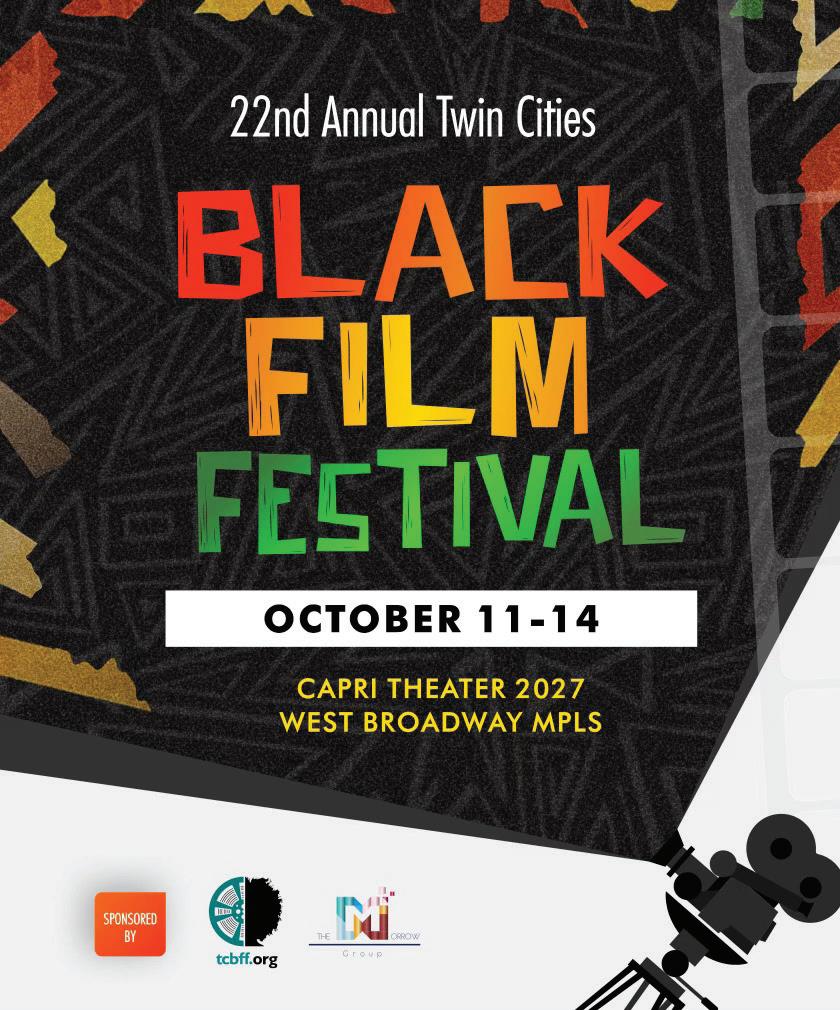
By Cynthia Moothart Managing Editor
ver its 22-year history, the Twin Cities Black Film Festival has grown into a premier fall event showcasing visual art written, directed, produced and starring multicultural talent from around the world.
Not even when a global pandemic forced the festival to shutter its operations temporarily was the film fest’s future ever in doubt.
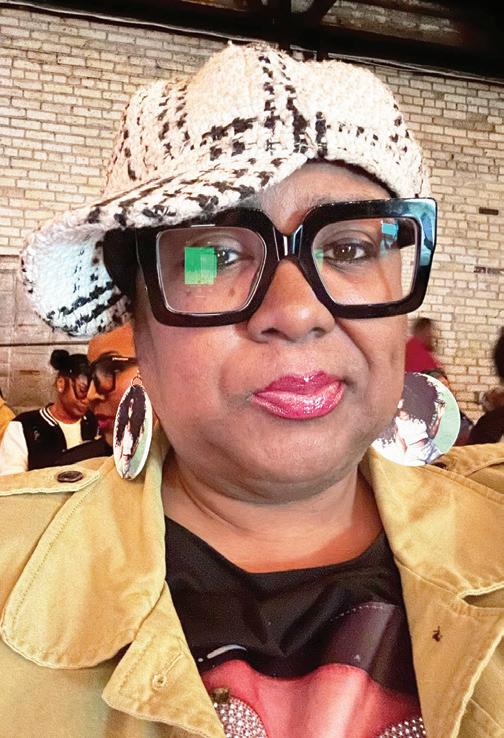
use the drugs at the greatest risk,” he said. “That same bag or pill that they have been buying for the last several months now is coming from a different place, a different supplier, and is possibly a different potency.”

Sponsored by
By Colleen DeGuzman
The United States is kneedeep in what some experts call the opioid epidemic’s “fourth wave,” which is not only placing drug users at greater risk but also is complicating efforts to address the nation’s drug problem.
These waves, according to a report from Millennium Health, began with the crisis in prescription opioid use, followed by a significant jump in heroin use, then an increase in the use of synthetic opioids like fentanyl.
The latest wave involves using multiple substances at the same time, combining fentanyl mainly with either methamphetamine or cocaine, the report found.
“And I’ve yet to see a peak,” said one of the co-authors, Eric Dawson, vice president of clinical affairs at Millennium Health, a specialty laboratory that provides drug testing services to monitor the use of prescription medications and illicit drugs.
The report, which takes a deep dive into the nation’s drug trends and breaks usage patterns down by region, is based on 4.1 million urine samples

collected from January 2013 to December 2023 from people receiving some kind of drug addiction care.
Its findings offer staggering statistics and insights. Its major finding is how common polysubstance use has become. According to the report, an overwhelming majority of fentanyl-positive urine samples—nearly 93%—contained additional substances. “And that is huge,” said Nora Volkow, director of the National Institute on Drug Abuse at the National Institutes of Health.
The most concerning, she and other addiction experts said, is the dramatic increase in the combination of meth and fentanyl use. Methamphetamine, a highly addictive drug found
often in powder form that poses several serious cardiovascular and psychiatric risks, was found in 60% of fentanyl-positive tests last year. That is an 875% increase since 2015.
“I never, ever would have thought this,” Volkow said.
Among the report’s other key findings:
• The nationwide spike in methamphetamine use alongside fentanyl marks a change in drug use patterns.
• Polydrug use trends complicate overdose treatments. For instance, though naloxone, an opioid-overdose reversal medication, is widely available, there isn’t an FDA-approved medication for stimulant overdose.
• Both heroin and prescribed opioid use alongside fentanyl
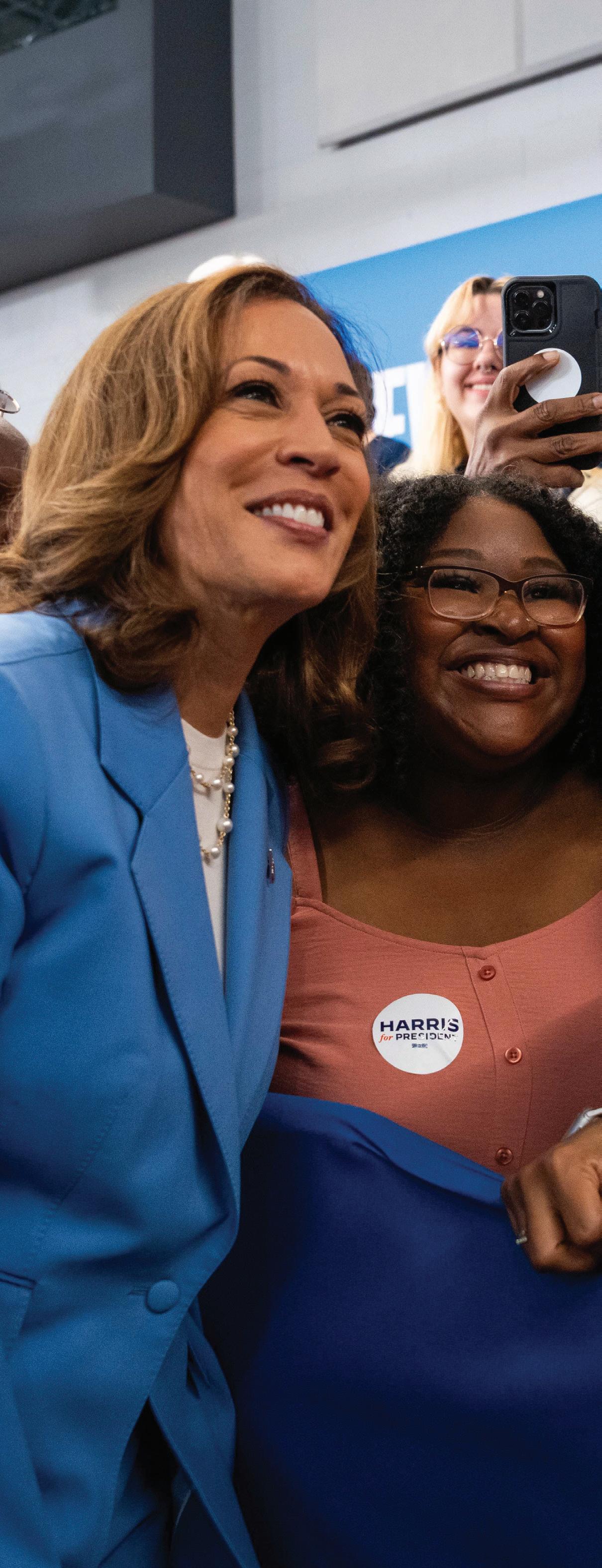
have dipped. Heroin detected in fentanyl-positive tests dropped by 75% since peaking in 2016. Prescription opioids were found at historic low rates in fentanylpositive tests in 2023, down 89% since 2013.
But Jarratt Pytell, an addiction medicine specialist and assistant professor at the University of Colorado’s School of Medicine, warned these declines shouldn’t be interpreted as a silver lining.
A lower level of heroin use “just says that fentanyl is everywhere,” Pytell said, “and that we have officially been pushed by our drug supply to the most dangerous opioids that we have available right now.”
Whenever a drug network is destabilizing and the product changes, it puts the people who
In the illicit drug industry, suppliers are the controllers. It may not be that people are seeking out methamphetamine and fentanyl but rather that they’re what drug suppliers have found to be the easiest and most lucrative product to sell.
“I think drug cartels are kind of realizing that it’s a lot easier to have a 500-square-foot lab than it is to have 500 acres of whatever it takes to grow cocaine,” Pytell said.
Dawson said the report’s drug use data, unlike that of some other studies, is based on sample analysis with a quick turnaround—a day or two.
Sometimes researchers face a months-long wait to receive death reports from coroners.
Under those circumstances, you are often “staring at today but relying on data sources that are a year or more in the past,” said Dawson.
Self-reported surveys of drug users, another method often used to track drug use, also have long lag times and “often miss people who are active for substance use disorders,” said Jonathan Caulkins, a professor at Carnegie Mellon University’s Heinz College. Urine tests “are based on a biology standard” and are good at detecting when someone has been using two or more drugs, he said.
But using data from urine samples also comes with limitations. For starters, the tests don’t reveal users’ intent.
“You don’t know whether or
not there was one bag of powder that had both fentanyl and meth in it, or whether there were two bags of powder, one with fentanyl in it and one with meth, and they took both,” Caulkins said. It can also be unclear, he said, if people intentionally combined the two drugs for an extra high or if they thought they were using only one, not knowing it contained the other.
Volkow said she is interested in learning more about the demographics of polysubstance drug users. “Is this pattern the same for men and women, and is this pattern the same for middle-aged or younger people? Because again, having a better understanding of the characteristics allows you to tailor and personalize interventions.”
All the while, the nation’s crisis continues. According to the Centers for Disease Control and Prevention, more than 107,000 people died in the U.S. in 2021 from drug overdoses, most because of fentanyl.
Caulkins said he’s hesitant to view drug use patterns as waves because that would imply people are transitioning from one to the next.
“Are we looking at people whose first substance use disorder was an opioid use disorder, who have now gotten to the point where they’re polydrug users?” he said. Or, are people now starting substance use disorders with methamphetamine and fentanyl? he asked.
One point was clear, Dawson said: “We’re just losing too many lives.”
Colleen DeGuzman writes for FF Health News, a national newsroom that produces in-depth journalism about health issues.
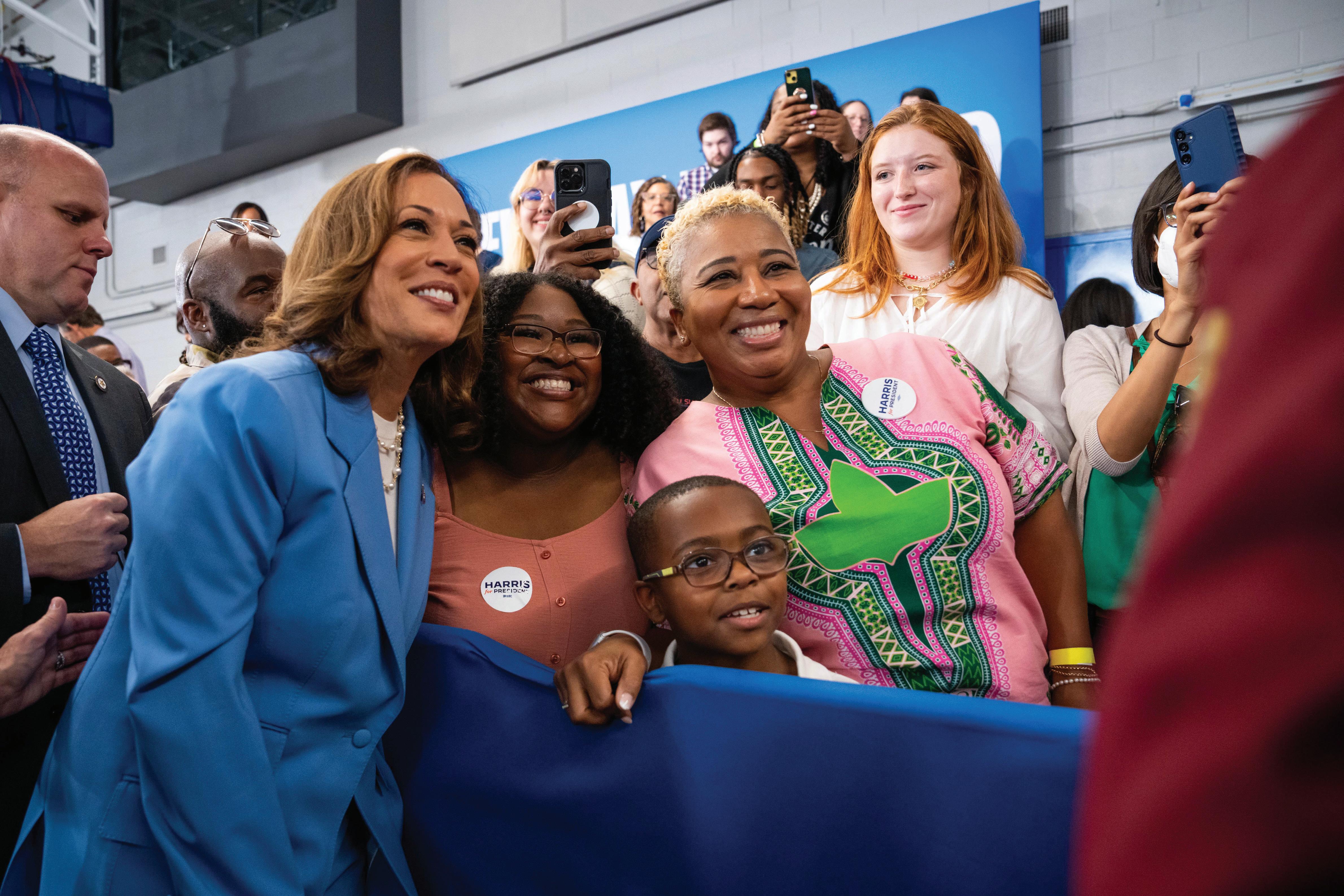
den
By Stacy M. Brown
The Consumer Financial Protection Bureau (CFPB) has intensified its efforts to combat abusive medical debt collection practices, seeking to protect more than 100 million Americans burdened by $220 billion in medical debt. Vice President Kamala Harris said she’s supporting the action, which targets pervasive problems like inflated prices, double billing, and attempts to collect on fictitious or unverified debts.
CFPB Director Rohit Chopra highlighted the rampant problems in medical billing and collection, including the illegal pursuit of undocumented debts and breaches of collection limits. The agency’s new guidance seeks to curb such practices and ensure that debt collectors follow the law when pursuing outstanding medical bills. States are also stepping up their efforts to shield consumers from the detrimental effects of medical debt. Minnesota recently introduced new debt collection regulations, prohibiting healthcare providers from denying essential services due to unpaid bills.

Beginning next year, a law in California signed by Governor Gavin Newsom will shield consumers’ credit reports from the majority of medical debt. Similar legislation has been enacted in New York and Connecticut, marking a growing trend of state-led protections. In addition to state actions, the Biden-Harris administration has




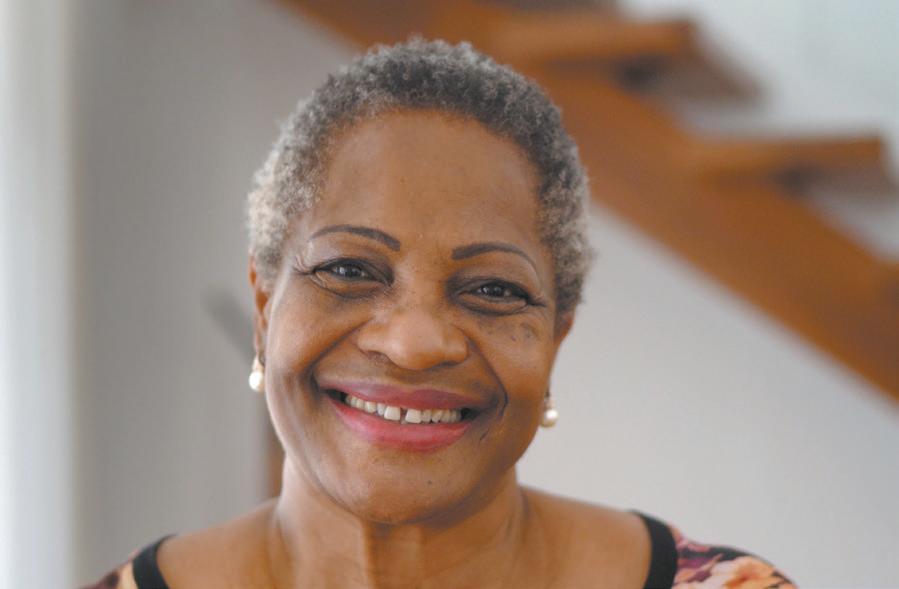
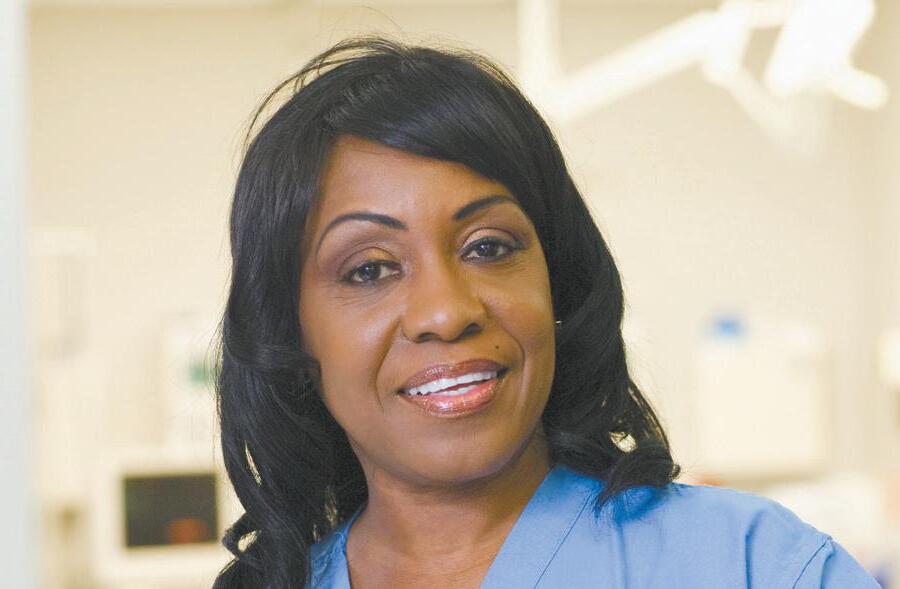


By Alexzia Shobe Staff Writer
Lori Greene, a mosaic and textile artist born in Minneapolis, has created a remarkable space infused with innovative craftsmanship along with her African and Native American (Mississippi Band of Choctaw) heritage. Her work, deeply rooted in community, tells stories of resilience and memory. It offers an aesthetic experience but also a spiritual one, where the medium itself—tile and glass—becomes a conduit for personal and collective healing.
Through her studio, Mosaic on a Stick, she has cultivated a studio wherein art and community come together in beautiful, transformative ways.
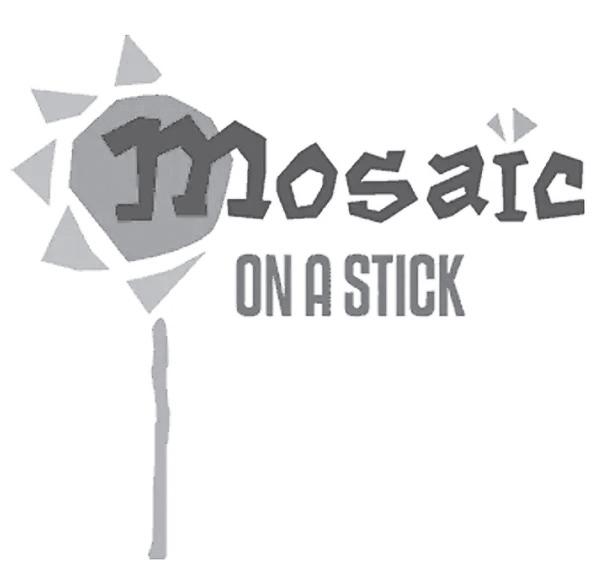
became her way of coping with this trauma.
“Therapy wasn’t as helpful as art was,” Greene reflects. “I’m not a big talker, more of a processor. Art saved me.”
For Greene, the connection between art and healing is personal. Her early work was dark and shaped by her hardships. Initially, she aimed to make political art in honor of her father, Dewey Rosevelt Rain, a civil rights activist. But over time, she discovered that personal experience is political. Creating from her own pain, rather than attempting to make grand political statements, became her way of finding healing.
Her public works, like the Memorial to Survivors of
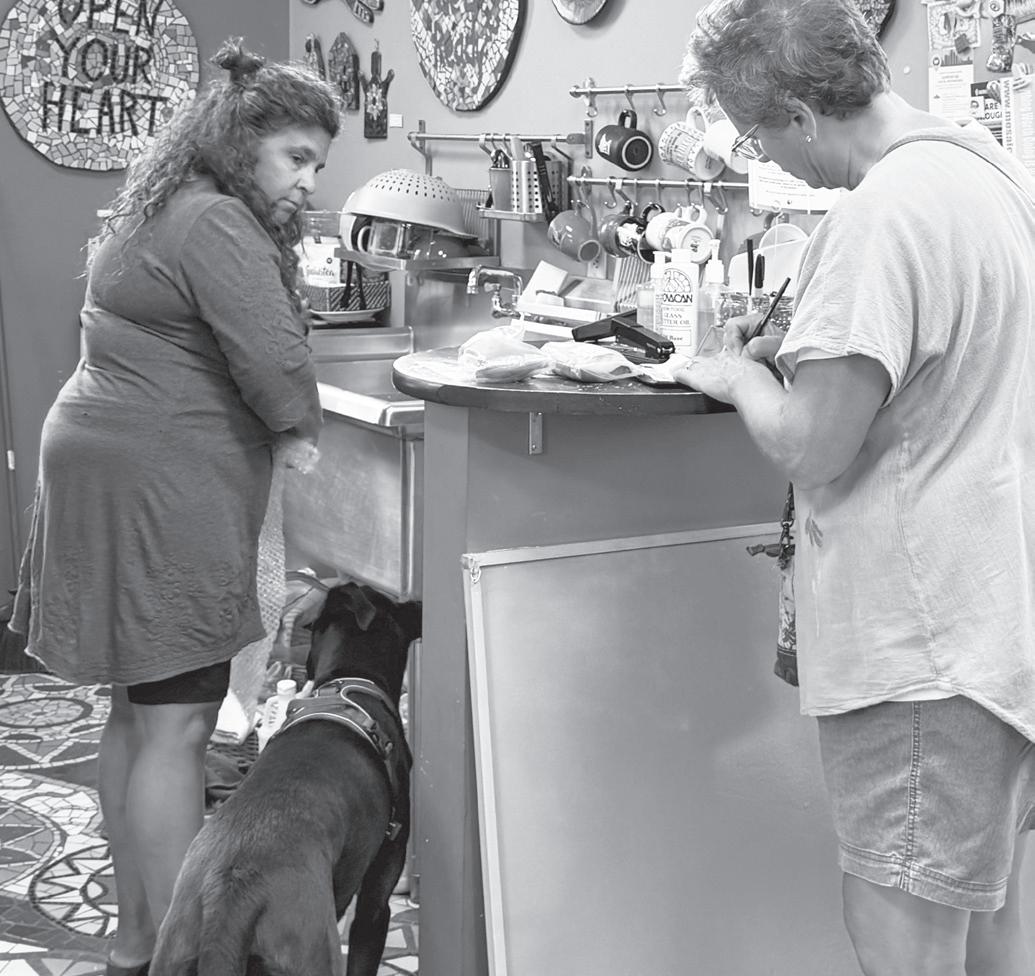
Greene founded Mosaic on a Stick in 2004 as a place for both seasoned artists and novices to express themselves freely. At the time, mosaic materials were hard to come by, and she saw an opportunity to offer something different: a space where anyone could come and create without the pressures of needing to be a professional.
“I wanted to create a safe space for people to make art,” Greene says, “whether they consider themselves artists or not.”
Her studio invites everyone to visit, whether they walk in seeking art materials or just stumble upon the space. Mosaic on a Stick is about more than just creating—it’s about offering a space where the community can come together to create something meaningful.
Though she had initially planned to become a doctor, life took Greene on a different path. While studying pre-med at the University of Minnesota, she experienced a series of traumatic events, including being kidnapped and sexually assaulted, and her father suffering a brain aneurysm. Art
Sexual Violence at Boom Island Park in Minneapolis, are a testament to this journey. The memorial, the first of its kind in the country, is composed of five mosaic panels that explore themes of pain, healing and hope. Greene spent five years preparing to build the memorial, hosting truth-telling events to give survivors a space to share their stories.
“I wanted to provide a healing space,” she explains. “Mosaics offer many metaphors. Broken pieces are put together to create a whole. Diversity is a mosaic. Healing is a mosaic.”
The memorial’s benches,
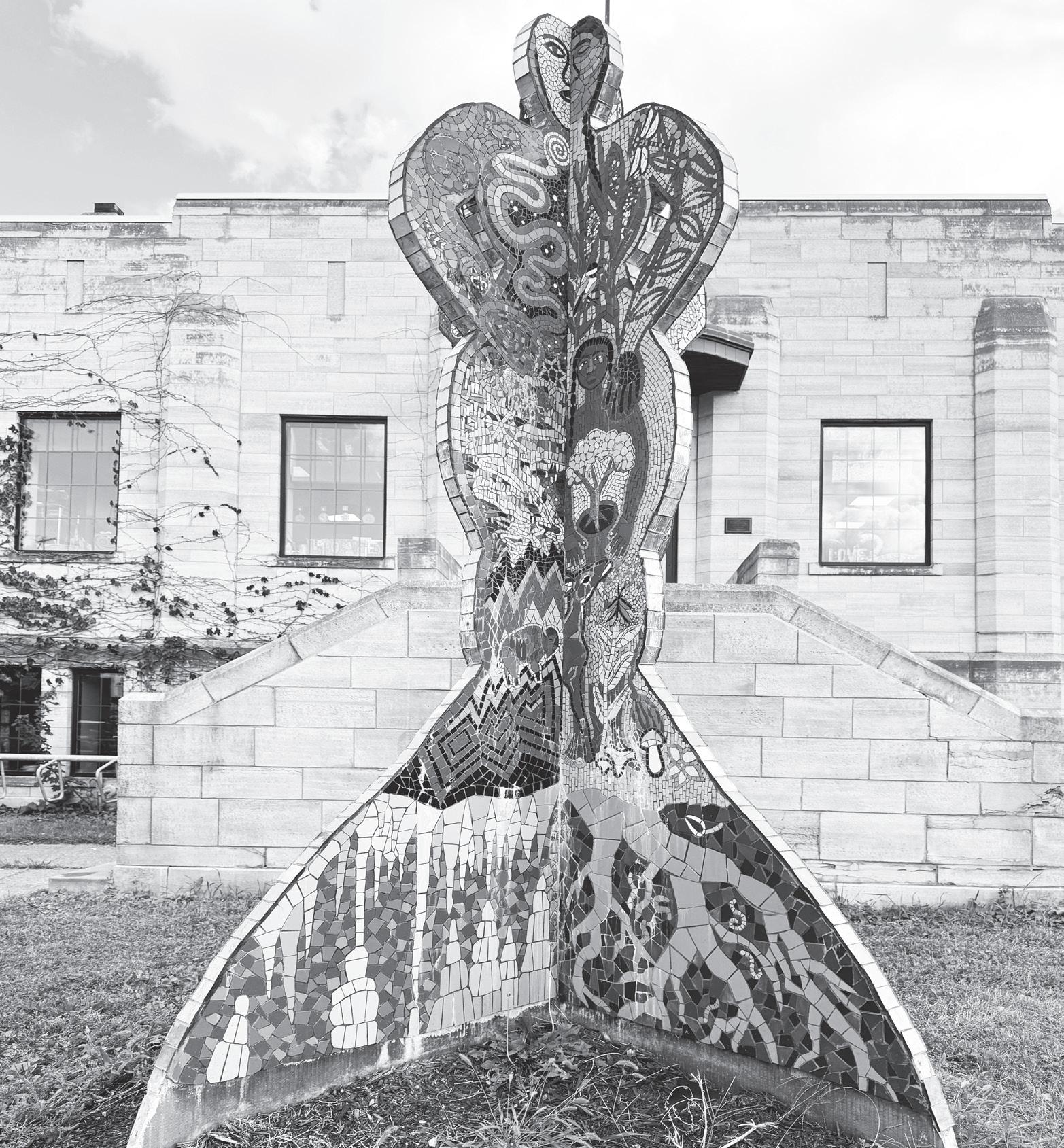
adorned with concentric circles representing the ripple effect of shared stories, offer a place for community healing. The panels themselves, imbued with prayers for survivors, reflect Greene’s belief that art can be a powerful tool for recovery.
Community is central to Greene’s practice. Mosaic on a Stick is not just a studio—it’s a gathering place for people from all walks of life. Regulars and newcomers alike are welcomed into a vibrant space where art is both a personal and collective endeavor.
“The people in this neighborhood feel a sense of ownership of this space, and I honor that,” Greene says. “I’ve made kinship with children who’ve grown up with this place as their safe haven.”
Even unhoused community members have found solace in Greene’s studio. One man, Benny, regularly contributed found materials to Greene’s collection. He would often come in just for a sandwich and a chat. His presence was
both a challenge and a gift, a reflection of the complex relationships Greene fosters within her community.
Despite the heavy themes her work sometimes explores, Greene advocates for joy in the creative process. Though still under wraps, her latest project focuses on joy, movement and play. She hopes a large public pendulating sculpture will invite people to engage with art in a whimsical and uplifting way.
For Greene, creating art is about finding peace and happiness in the freedom to play. She encourages others to approach art the same way—without expectations or fear of failure. Beginners who come to her studio often are surprised by how therapeutic the process can be. “I remind them we’re just playing,” she says. “There’s no expected end product. It doesn’t have to be ‘something.’”
Her cultural heritage deeply informs Greene’s work. Her connection to the Yoruba Pantheon and Obatalá, the kindly father of all orishas in Yoruba
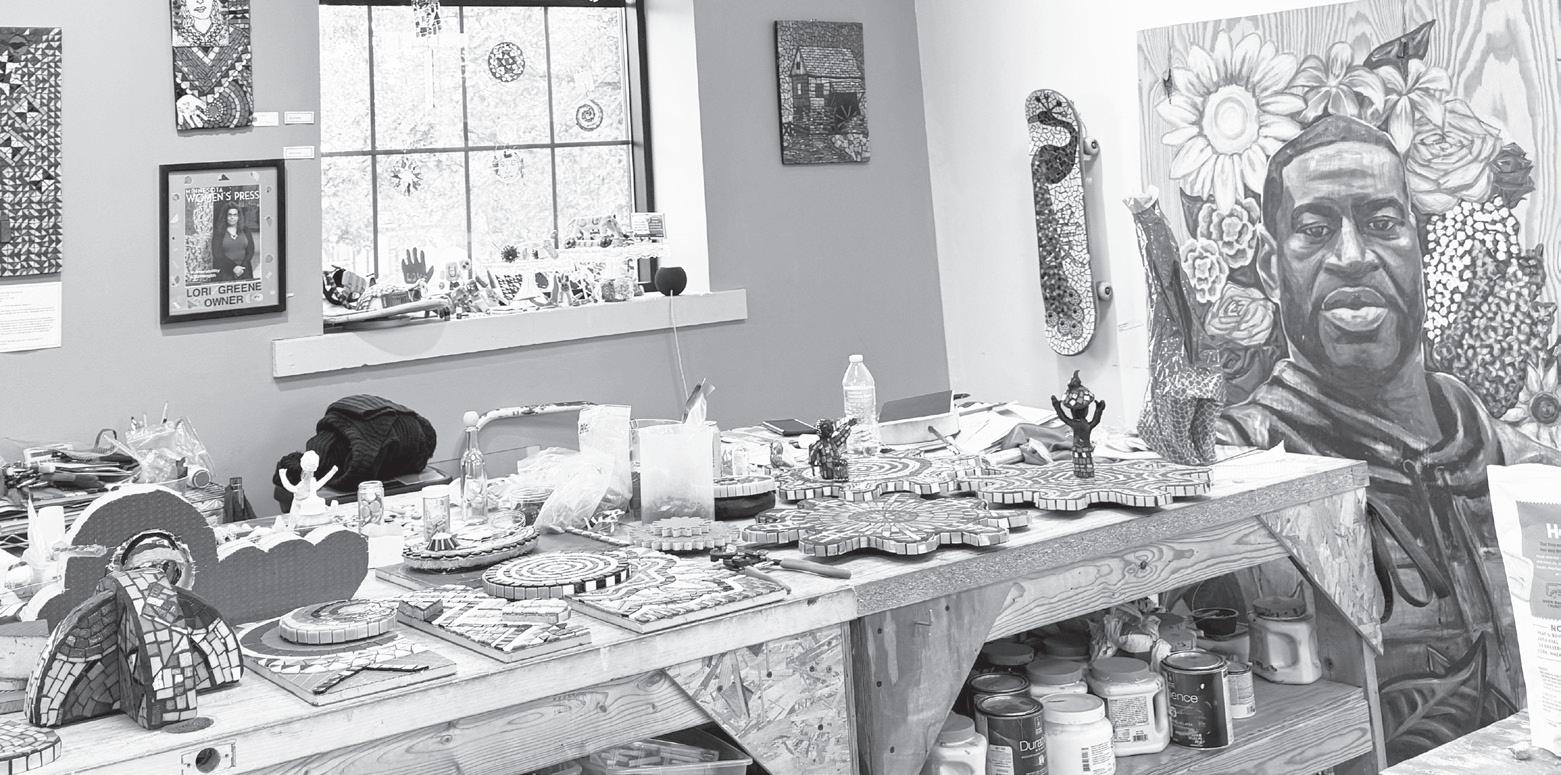
religion, guides her practice.
Much of her public art reflects this connection, weaving the historical and the personal to create works that honor ancestors and culture.
Greene collaborated with the Minnesota Vikings on a community mosaic in one of her most meaningful projects.
Though she admits she isn’t a sports person, she was struck by the sense of community fostered among the team’s staff, from top executives to sanitation workers.
“It was a good lesson for me,” she says. “Community can be fostered in all sorts of environments, whether I understand
them or not.”
As a Black and Indigenous woman, Greene faces challenges in the public art world, from microaggressions to constant pressure to prove her knowledge. Despite this, she remains steadfast in bringing justice through art. Her work, she says, is about giving people a voice, particularly those who have been silenced.
“I’m always working toward justice.”
“I’m always working toward justice,” she explains. “The memorial to survivors encapsulated a certain justice, giving space for people’s voices to be heard.”
As for her legacy, Greene hopes to be remembered for “big love.” It’s a simple but powerful statement that encapsulates her philosophy—of art, of community and of life.
“I’m constantly learning the importance of letting go,” she reflects. “There’s so much we can’t control. But through art, we can find a little bit of freedom and a lot of love.”
Mosaic on a Stick continues to serve as a place where art, community and healing intersect, thanks to Greene’s dedication. In her hands, mosaics become more than just pieces of art—they become mirrors of the human experience, capable of reflecting the depth of our pain, the strength of our resilience, and the beauty of our collective healing.
Alexzia Shobe welcomes reader responses at ashobe@ spokesman-recorder.com.
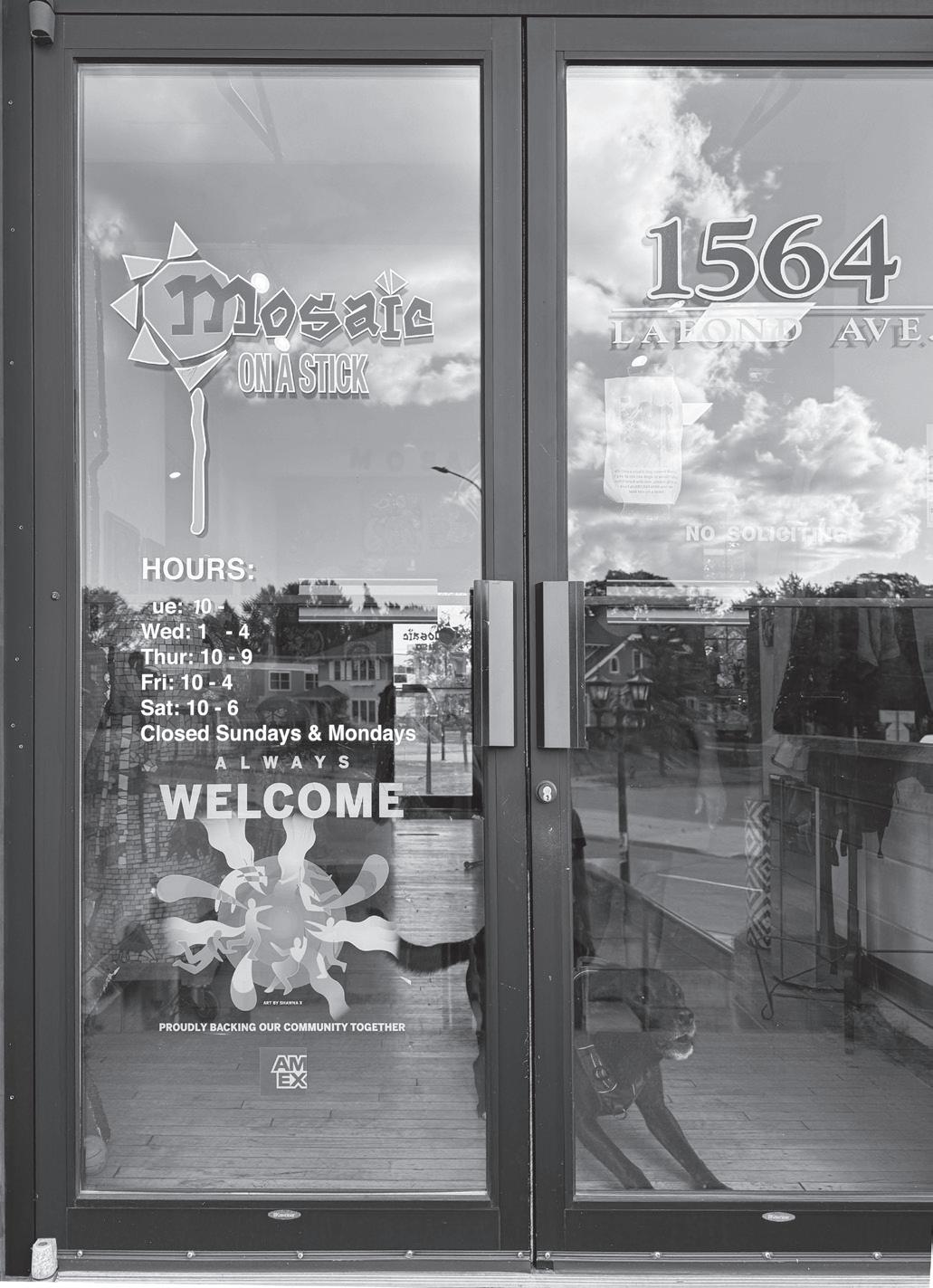




from page 1
which covers Minnesota, necessitated that the state act. Its ruling bars private entities from bringing lawsuits, drastically undercutting the federal Voting Rights Act, passed in 1965 to counter racial discrimination in elections.
“Democracy thrives when everyone’s voice is heard. Today, we’re ensuring a strong democracy by prioritizing accessibility and voter protections,” Gov. Tim Walz said as he signed the bill into law. “With this bill, we are breaking barriers that stand in the way of voting, protecting fair democratic processes, and paving the way for Minnesota to continue to lead the nation in voter turnout.”
The MNVRA aims to eliminate voter suppression and ensure that all votes carry equal weight. It allows individuals to claim a violation if actions create a “disparate burden” on minority groups without requiring proof of discriminatory intent.
The law empowers the attorney general, county attor-
Continued from page 1
our level.
MSR: The HBCUAC conference was rebranded in July.
KB: I would say that we’re also an HBCU conference. And so, we said, we’ve got to figure out how we address that from a marketing standpoint. We enlisted a [Black-owned] company to work with us … a twoyear process of focus groups with our presidents, with our athletic directors, with our coaches and a select group of student athletes.
MSR: The Gulf Coast Conference was founded in 1981 with seven colleges.
KB: We finally landed an HBCU Athletic Conference. We’re excited about it. The rebrand has probably been one of the most fun things I’ve had the opportunity to be part of. It has been received extremely well in the market.
Continued from page 1
Beyond the Twin Cities Black Film Festival, Morrow founded Black Fashion Week, which launched in 2017, and coordinates events for others through her event management firm, the Morrow Group. Working high-stress 14-plushour days was typical for Morrow. Until it wasn’t.
“This year I’ve discovered if you’re too stubborn to sit down on your own, God will
neys, or affected individuals to bring cases to the district court for alleged violations. This offers a crucial avenue for Minnesotans to contest discriminatory voting practices.
for other states to take a clear stance against any attempts to dissuade people from voting.
“As Black voters across America face the greatest assault on voting rights since Jim
“People have been misinformed, intimidated and made to feel like their vote doesn’t matter.”
State Sen. Bobby Joe Champion
Minnesota consistently ranks at the top for voter turnout in the United States. In 2020, Minnesota broke a record when 79.9 percent of eligible voters in the state voted in the general election. This achievement underscores Minnesota’s commitment to civic engagement and highlights the importance of accessible voting practices, which the MNVRA aims to enhance further. In the face of recent attacks against our democracy and the influx of misinformation in the national dialogue, efforts to protect and educate our fellow citizens are paramount. Minnesota is setting a precedent
We are the conference “Where Winners Thrive.” That is our tagline.
MSR: The new branding is one of several new initiatives.
KB: I would say we’re in this brand-building stage. We are positioning ourselves and building the platform in a way where we can tell the unique stories of our institutions, and how we continue to win, not just on the court; not just on the field, but in the classroom, in the community, in life in general.
The second part of that conversation was about the media rights deal. [Barnes signed the NAIA’s largest media rights deal in 2022 with Urban Edge Network, which gives each member school in the conference a platform to exclusively host their content.]
Because they are a network, they have opportunities to sell to advertisers and can share revenue [with the conference].
All of the larger schools are doing it. We have an exposure
Crow, Minnesota is moving forward, not back, by passing the Minnesota Voting Rights Act,” Janai Nelson, president and director-counsel of the NAACP Legal Defense Fund (LDF), said of the MNVRA in a statement.
Passage of the MNVRA represents a significant legal advancement and serves as a rallying point for democracy advocates nationwide. By ensuring that every eligible voter can participate without fear or obstruction, Minnesota reinforces the fundamental principle that a vibrant democracy relies on the active engagement of its citizens.
opportunity and a chance to get into the money game.
MSR: What are some of the advantages of a student-athlete attending a HBCUAC school?
KB: We sell an opportunity to play and an opportunity to get a great education. You get to have a quality athletic experience as well as a quality student experience. Athletics isn’t so overwhelming to the point where you don’t get to experience anything else that’s happening on campus.
This sends a clear message that the state is committed to safeguarding the electoral process and fostering an en-
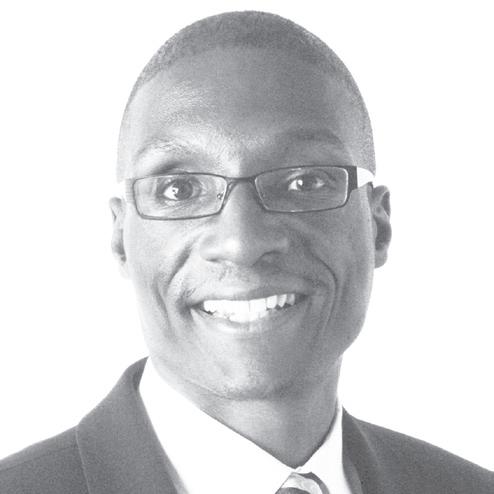
The Minnesota Secretary of State’s office offers online assistance to register to vote, check your registration, apply for an absentee ballot, or check your ballot status. Go to www.sos.state.mn.us/ elections-voting/.
vironment where every voice contributes to the collective dialogue, paving the way for more inclusive governance.
“People have been misinformed, intimidated, and made to feel like their vote doesn’t matter. This results in people being muted,” said State Sen.
consider furthering your college playing career as well as your academic career.
MSR: In recent years, conference expansion and realignment have been happening to longtime athletic conferences. The former Gulf Coast Conference has seen its share of schools come and go—six schools left in 2010, three more left in 2014, 2015 and 2019, and three more in 2021.
KB: Most of our schools were considering a move to
“We have an exposure opportunity and a chance to get into the money game.”
I played Division I basketball. It was very hard playing all the time. I was able to pledge a sorority, but it was a very hard thing to do at the Division I level based on my schedule. The NAIA is a great place to
DII because they wanted to be associated with an HBCU conference. Over the past two years, our growth has been exponential. We were at five schools and now we’re at 13. Getting to 13 teams
Bobby Joe Champion (59, DFL). “Your vote is your voice. Our constitution addresses, ‘We the people.’ Every citizen in this wonderful country deserves to be heard.”
Minnesota also will eliminate prison gerrymandering by altering its census counting so that incarcerated individuals are counted at their last address, not at the prison. This will allow “more accurate census counting, fairer districts and better representation,” Common Cause Minnesota, a nonpartisan grassroots organization, said in a statement.
Annastacia BelladonnaCarrera, executive director of Common Cause Minnesota, said in a statement that “ending prison gerrymandering, establishing a Minnesota Voting Rights Act, and expanding voting rights are great steps to improving democracy, but we cannot stop at these measures.”
Belladonna-Carrera and other democracy advocates say Minnesota needs to “expand campus polling places to community colleges where students of color are likely to make up the majority of the student population, and we need full grassroots redistrict-
was crucial. We’re now in eight states and one U.S. territory. We’re not a conference that [all] the schools are from the Gulf Coast because now we’re across the deep South.
MSR: How is NIL?
KB: The NAIA was the first athletic conference to pass NIL legislation allowing student athletes to make money off their name, image, and likeness.
Four major Division I HBCU conferences—CIAA, MEAC, SWAC and the SIAC—along with the HBCUAC last year together agreed to partner with professional sports leagues such as the NBA and NFL to increase the value of Black colleges and universities as well as increasing NIL opportunities.
I want to create an Athletic Academy. [Barnes owns her own consulting company and developed the “So You Want A Career in Athletics” professional leadership program for young Black girls and women.]
My conversation now with
ing reform with an independent commission.”
The MNVRA responds to a national climate in which many voters have felt disenfranchised or confused about their voting rights. Simplifying the voting process and clarifying legal protections ensures that every Minnesota voter understands their role in the democratic process.
In prioritizing accessibility, equity, and the protection of every voter’s rights, Minnesota sets an inspiring example of how states have the power to defend democracy actively. As the nation grapples with challenges to electoral integrity, Minnesota’s commitment to ensuring that every voice is heard will be a vital part of the broader fight for a more just and inclusive electoral system.
The collective efforts of community leaders, legislators and advocates underscore that a strong democracy relies on the unwavering dedication of its citizens. Together, they are shaping a future where every vote truly counts.
Alexzia Shobe welcomes reader responses at ashobe@ spokesman-recorder.com.
young women is about making sense of the experiences that they have and learning and being as skilled as possible. That’s what I’m writing in my book. I’m almost done, so I hope to get on the speaker circuit next year once I launch my book and talk about leadership.
MSR: What about your life/ work balance?
KB: I am traveling almost every week for either a meeting or a championship or a conference. There is a work-life balance. You have to be grateful for the good and the challenges that come with [her job].
I’m grateful to have the opportunity, grateful to work with great people. I got a great team of people I’m working with. I’m serving a great organization, a great number of institutions, and it just really feels good.
This interview was edited for clarity. Charles Hallman welcomes reader responses to challman@spokesman-recorder.com.
do that for you,” she said. “I never realized how much I worked until I was told by my doctors to do nothing.”
As in years past, Morrow and her advisory group reviewed hundreds of shorts, fulllength features, documentaries and multimedia projects—a staggering 479 in total but intentionally down from the usual 700 or so before Morrow’s stroke. Despite its challenges, the festival’s review panel remained committed to delivering the “best in cinema” over its four-day stretch.
This year’s event, running Oct. 10-14, features 26 films— more than half of which showcase the talents of Minnesota-
“This
year I’ve
discovered if you’re too stubborn to sit down on your own, God will do that for you.”
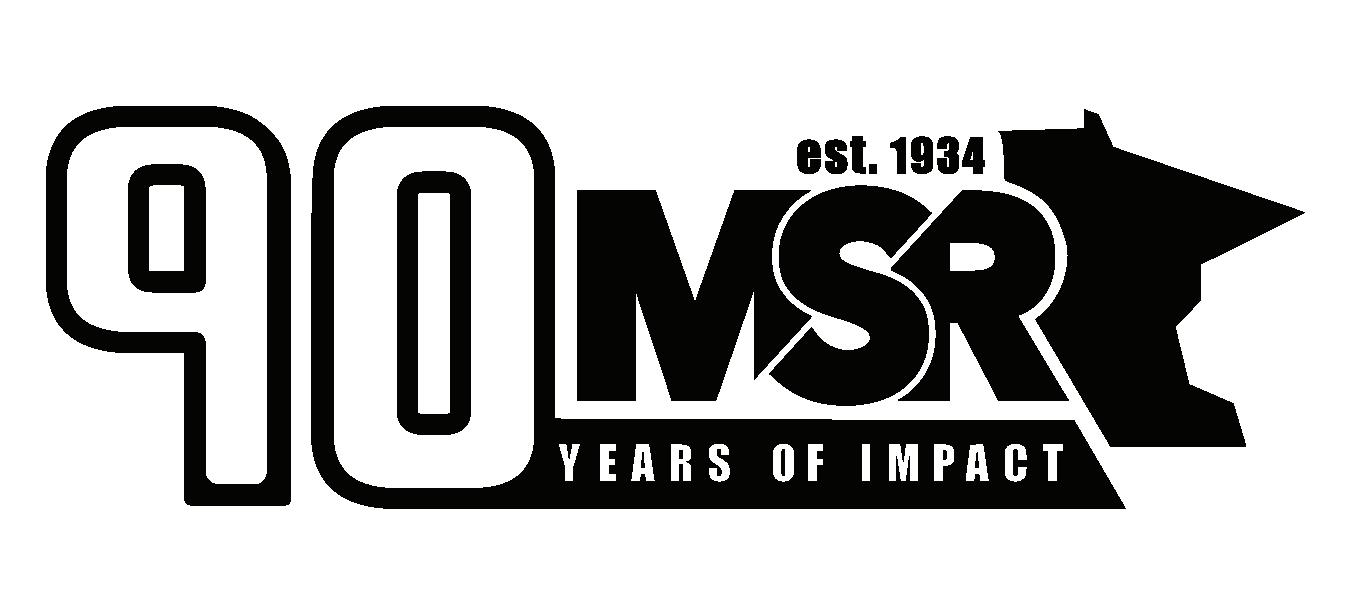
based filmmakers, including “Fresh Cut” by South Minneapolis writer and director Maxie Rockymore. (Read more about Rockymore and how a 25-year career in social work influences her art, on Page 7.)
Morrow was forced this year to cancel longstanding festival events, including parties that previously drew A-list Hollywood celebrities, and will attend this year’s screenings in the wheelchair she’s used since her recovery began. But the festival remains committed to its founding tradition:
providing an outlet for Minnesotans to celebrate the art and artists who tell otherwise untold stories.
“We are a very creative state,” Morrow said. “People in Minnesota know what they have to do: No matter what your focus, no matter where your talents lie, just be excellent. The Twin Cities Black Film Festival honors that.”
Cynthia Moothart welcomes reader responses at cmoothart@ spokesman-recorder.com.
A full schedule, description of each film, ticket information, and viewing times are available on the Twin Cities Black Film Festival website: tcbff.org.
For the third year running, films will be screened at the Capri Theater, 2027 W. Broadway, in North Minneapolis. Oct. 11 is “Minneapolis Night,” featuring more than a dozen back-to-back short films crafted by local directors.
By Al Brown Contributing Writer
The atmosphere at the Dakota Club will pulse with the infectious rhythms and dynamic expressions of legendary tap dancer Savion Glover as he presents his latest show, PROjECt 9, on Oct. 10-11. Renowned for his innovative tap style and unparalleled dance talent, Glover has become the standard of artistry in dance, recognized for his technical prowess and ability to convey deep emotional narratives through movement.
This latest performance promises to enchant audiences, further solidifying Glover’s legacy as one of the brilliant facets of the modern dance landscape.
Glover’s journey through the world of dance began at a young age when his prodigious talent quickly shone through. His career took off in the late 1980s after starring in Broadway productions like “Tap Dance Kid (1989)” and the revolutionary “Bring in ‘da Noise, Bring in ‘da Funk.”
During those formative years, he caught the attention of the late Gregory Hines, a titan in the world of tap dance, who famously anointed Glover as one of the greatest talents in the genre. Their mentorship bridged generations, and Glover’s work elegantly intertwines the rich history of tap with modern influences—a testament to Hines’s lasting impact on Glover and artistic dance tap.
PROjECt.9 is described as
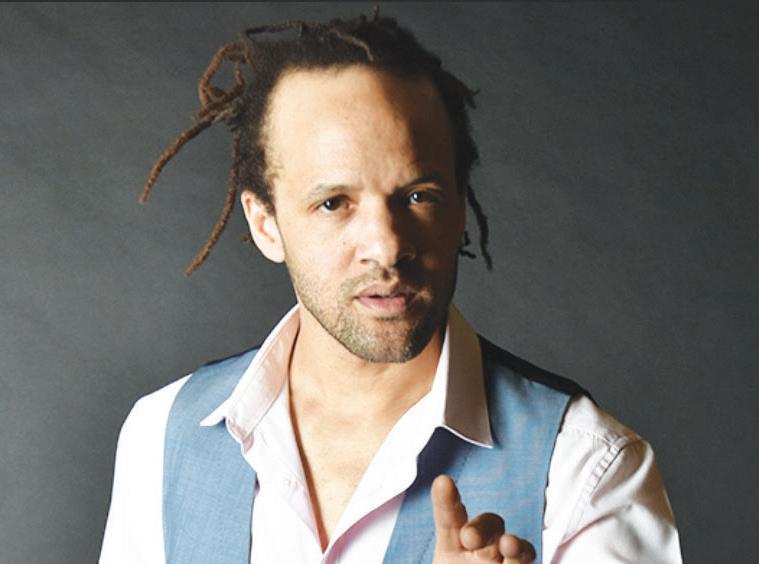
a transformative performance that draws on the essence of Glover’s signature style: a blend of technical precision, improvisation, and an addictively infectious rhythm. Glover’s approach transcends traditional tap dance; it becomes poetry in motion.
In his own words, Glover says: “I see this existence changing. I know there are no art forms or anything like that; these are movements of communication. The difference between what I do and what tap dance is is that tap dance will go out of style, and tap dance has been out of style. As far as my approach to dance as a form of communication and language, this will never go out of style. Those who know the language and have an appreciation for the sound will always recognize the sound of the dance as a form of communication.
“The PROjECt.9 show with other musicians will basically be an opportunity for me to
introduce myself as a percussionist, as the lead drummer— and our sound is connected to the ancestral codes embedded in our music,” Glover says. “It’s our responsibility to carry on the language of the sound. This sound now has me articulating and trusting myself on the percussion with the drums, as I’ve been playing them my entire life.”
The Dakota Club, known for its intimate setting and passionate celebration of the arts, is the perfect venue for an artist of Glover’s caliber. The club’s ambiance will allow audiences to engage with his performance viscerally. Every shuffle, stomp and slide will echo through the space, inviting viewers to feel the rhythm up close and personal.
Glover’s performances are always electrifying and encourage audiences to experience the powerful emotions evoked by each tap through fluid and musically synchronized motions.
What makes PROjECt.9 particularly unique is Glover’s emphasis on the collaboration of sound and improvisation. Throughout his career, Glover has championed the idea that dance is about dialogue—a conversation between the dancer and the music and a connection with the audience. He invites guest artists and musicians to join him on stage, creating an atmosphere of spontaneity that is present not only in his moves but also in the melodic sounds that unfold throughout the performance. This collaborative outing promises to be a hallmark of Glover’s work, setting a precedent for how dance can evolve while remaining true to its roots.
Underpinning Glover’s
physical virtuosity is an acute awareness of dance’s cultural and historical implications. He has always held a deep respect for the legacies of those who came before him, such as Jimmy Slyde and Gregory Hines, integrating their influences into his artistry.
With PROjECt.9, Glover pays homage to the tap legends of yesteryear while pushing the boundaries of what dance can express in contemporary society. His performances evoke themes of identity, community and resilience, reflecting the struggles and triumphs of Afrocentric culture—a narrative that resonates widely in today’s social climate.
As an audience member watching Glover dance, one

cannot help but marvel at the spontaneity and fluidity of his movement. His feet tell stories. Feelings of joy, sorrow, struggle and hope spring forth from every tap, creating a colorful and inspiring performance. The power of his artistry transcends entertainment, inviting us into a more profound experience of rhythm and emotion that is often overlooked in our fast-paced world.
“The dance is a total aspect of my life. When I get to the stage, it’s just an expression of my living.”
Glover’s philosophy of artistry is evident in his passionate reflections on dance. “The dance is a total aspect of my life; the sound is the most honorable existence,” he says. When I get to the stage, it’s just an expression of my living.”
This deep connection between Glover and dance enriches his performances, drawing audiences into an experience that feels profoundly personal yet universally relatable. In another reflective insight, he remarks, “As I often say, the dance will never go away. The dance is a form of communication. For me, it will change and evolve as I change and evolve.
Al Brown welcomes reader responses to alvinb303@gmail.com.




By Cynthia Moothart Managing Editor
Twenty-five years helping kids in foster care proved the inspiration required for Maxie Rockymore to write and direct “Fresh Cut,” her new film exploring grief, loss and mental illness among Black youth debuting Saturday at the Twin Cities Black Film Festival.
Rockymore retired in 2023 from the Minnesota Department of Human Services (DHS) where she served as the state child foster care manager, overseeing 16,000 kids across Minnesota’s 87 counties and in partnership with 11 Tribal Nations.
“My second act is writing and pursuing my artistic career,” the 64-year-old said of her work today. “My dream, my passion, my gift is writing.”
“Fresh Cut” is a coming-ofage drama written for mature audiences. Buzz, played by Nate Kay, goes to work at his stepfather’s barbershop after his mother’s death. Top—the stepfather, played by Kevin West—is a proud Black man trying to take care of the teen while also painfully trying to mask the overwhelming grief and loss he feels over the death of his wife.
“Final Cut” began as a classroom assignment in 2018 after Rockymore enrolled in a scriptwriting class at FilmNorth, a St. Paul-based education space designed to nurture a diverse community of film
and media artists. To “research and observe the cadence of Black men and Black culture,” Rockymore spent a year sitting in at Urban Touch Barbers near her home in the Powderhorn Park neighborhood of Minneapolis.
“I’m concerned with the rise in suicide among the young African American community.”
“I want to focus on these young people who are struggling with mental illness and other social issues in America,” Rockymore said. “I’m concerned with the rise in suicide among the young African American community. My number-one concern is the intersection of mental illness and suicide.”
Long before her retirement last year, Rockymore was an award-winning writer of plays, screenplays and poetry. Having earned a Bachelor of Arts and a Master of Social Work to launch her career with DHS, Rockymore returned to school to invest in her “second act”— earning a Master of Fine Arts in 2015.
Rockymore met with instant success. She was a quarter-finalist in the Francis Ford Coppola America Zoetrope screenwriting competition and the winner of Outstanding
Thriller at the Catalyst Festival for “Neptune Rising,” a story of a Black marine microbiologist in Alaska grieving the loss of her parents while struggling to come to terms with her secret identity as a Russian sleeper spy.
She also serves as president of the Minnesota Screenwriters Workshop. The nonprofit organization supports local film writers through script feedback groups, table readings, and contests to help writers improve their craft and gain exposure.
Following its debut at the Twin Cities Black Film Festival, “Fresh Cut” will travel to Greece, where the film audience will view the 20-minute short as part of the Levadia International Film Festival. In their invitation, the festival organizers called “Fresh Cut” “a masterpiece.”
Cynthia Moothart welcomes reader comments at cmoothart@spokesman-recorder.com.
“Fresh Cut” screens at 1:15 p.m. Oct. 12 at the Capri Theater, 2027 W. Broadway in North Minneapolis. Tickets can be purchased at the Twin Cities Black Film Festival website (tcbff.org) or at the door.



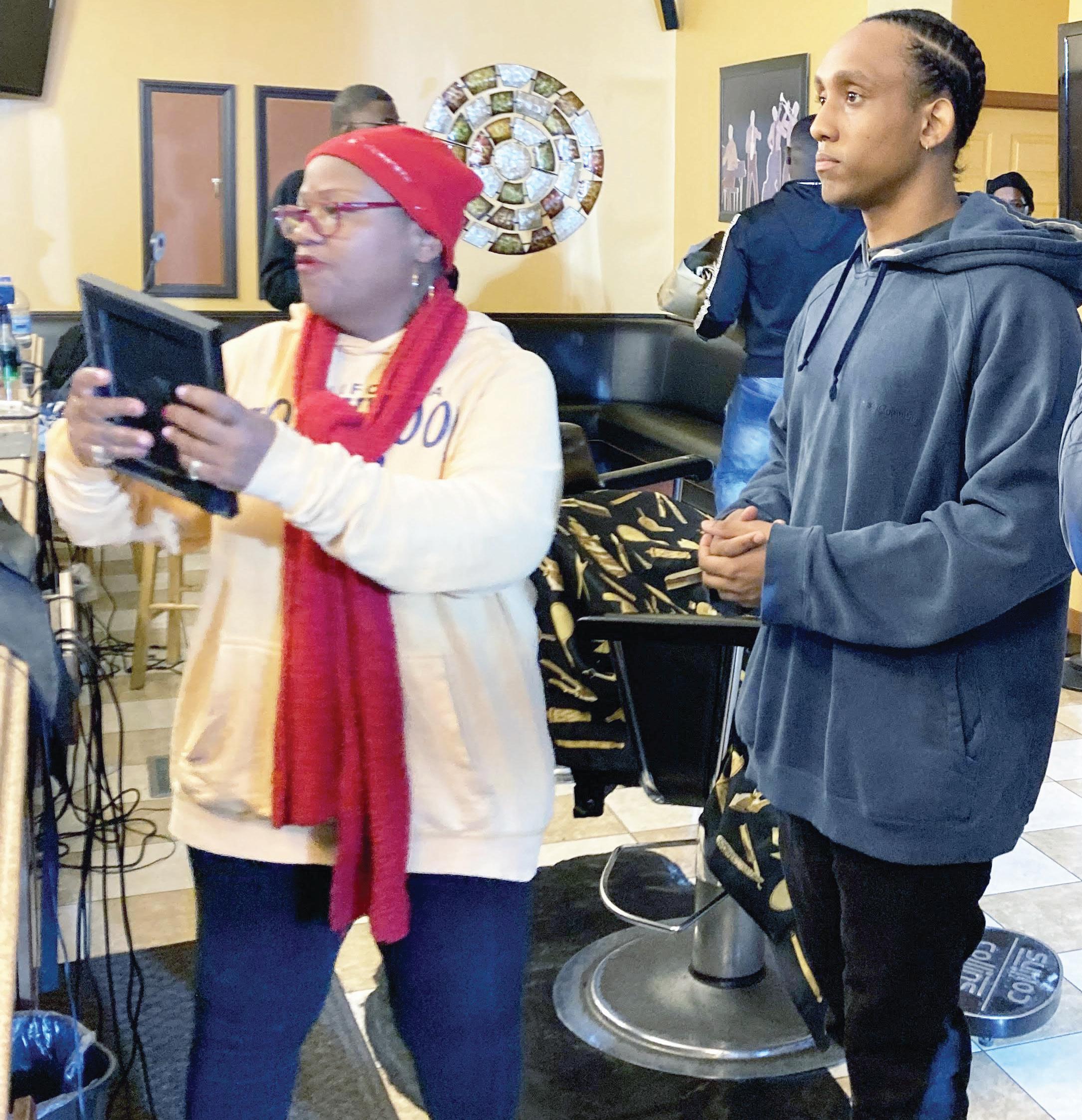






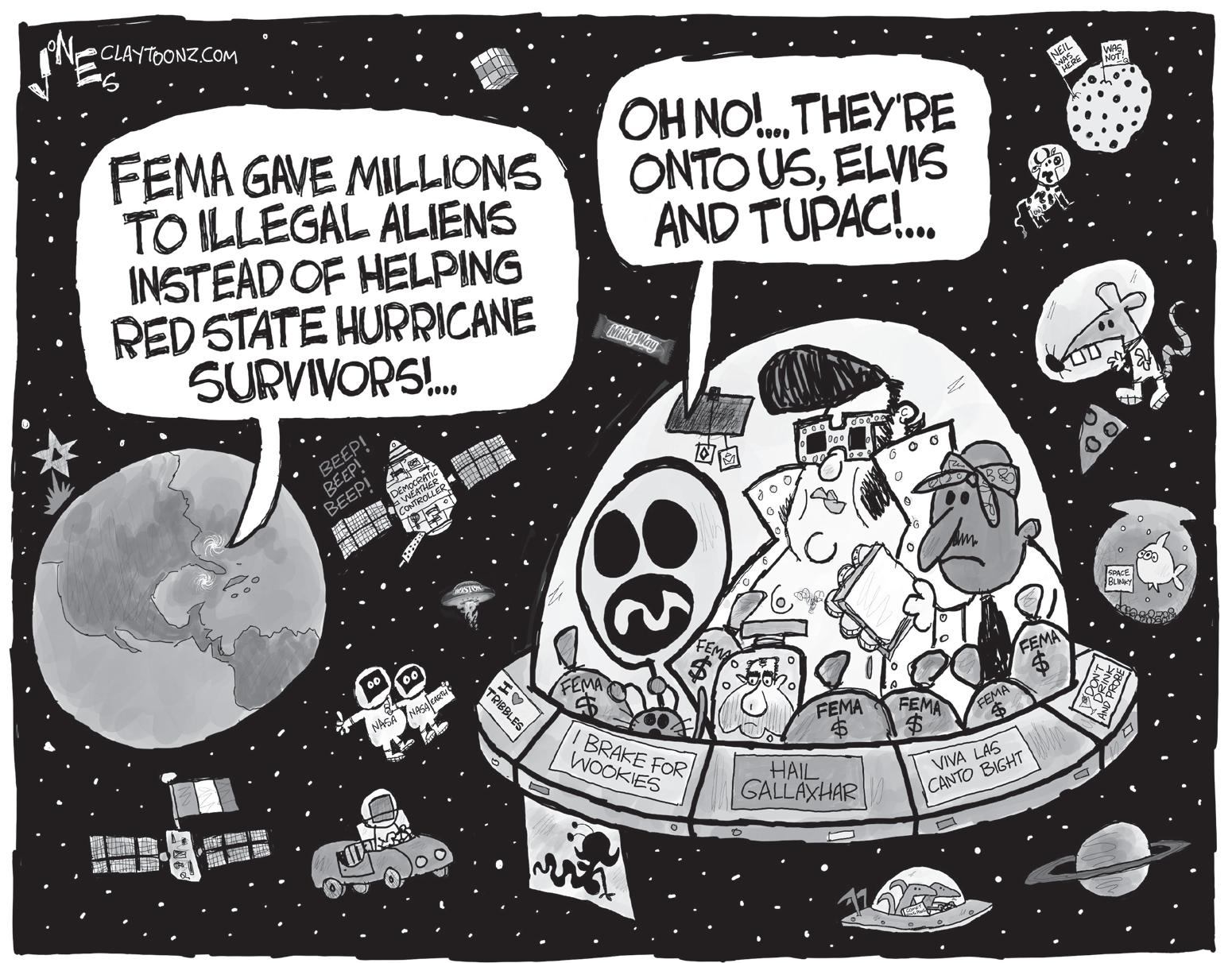
Don’t support schools that don’t
By Aswad Walker
Black community, what can we do to give our student-athletes a fighting chance?
Think about it. Universities that depend on Black studentathletes to bring them national championships (i.e. more money), free publicity that translates to higher enrollment (i.e. more money), and increased alumni giving (i.e. still more money) are making it known that those colleges don’t give a @#$% about Black students not on the football, basketball or track teams.
University anti-Blackness
How do we know this? The University of Alabama, Texas A&M, the University of Texas at Austin, the University of North Carolina, all schools in Florida, and so many others that have relied on Black student-athlete greatness to bring acclaim (and money) to those schools, have all shut down DEI programs, fired Black staff in DEI offices, ended affirmative actions, killed scholarships for Black students, and terrorized teachers who dared teach the actual racist history of this nation.
Bruce Pearl, the head men’s basketball coach of the Crimson Tide’s rival, Auburn University (also located in Alabama), recently went all the way in on his anti-Blackness. Pearl, who has become a multi-millionaire off the blood, sweat, tears and sacrifice of young, Black male hoopers, recently tweeted that VP Kamala Harris is a lying, woke Socialist.
The concentric circles of the Vinn Diagram on 1) folk who attack Kamala Harris, 2)
folk who use the word “woke” as a political insult, 3) folk who label everyone they disagree with a “Socialist,” and 4) folk who call intelligent Black women “liars” simply because the sisters are smarter than the name-callers is the epicenter of anti-Blackness.
In Florida, they not only shut down all programs created to support Black students after centuries of purposeful, legal segregation, but that state also gathered a “clan” of folk to not only celebrate their state’s banning of Black books. They also dumped hundreds (if not thousands) of Black books into a landfill to underscore and highlight Florida’s total disdain for Black humanity.
versity of North Carolina, all Florida schools, and any other universities that have ended support programs for Black students.”
But when the UTs and Alabamas of the world are heralded as the gold standard, and when those schools come at our youth with more scholarship money and potential NIL deals than you can shake a stick at, and when those kids
“Black high school athletes need to take a stand and refuse to go to those schools that have shown us their true colors when it comes to their feelings about Black people.”
and their parents don’t see that same level of financial support from HBCUs (ironically, because of anti-Blackrelated historical state and federal underfunding), those student-athletes are going to choose, more often than not, those schools whose actions scream anti-Blackness.
By L.A. District Attorney George Gascón
The execution of Marcellus Williams serves as a stark reminder of the injustices of the death penalty. Today, as we reflect and mourn this death, we must consider the facts of the final hours of Mr. Williams’ life. There were ample concerns about the evidence of the case, including DNA evidence that refuted early claims. In a petition to the court, the victim’s family asked that Mr. Williams not be put to death.
Prosecutors in Missouri objected to this execution—a fact that grieves many prosecutors. Part of our work as prosecutors is to serve victims of crime, and this execution was a painful disservice to the family of Lisha Gayle, who have sought justice since she was killed in 1998.
We must recognize that the threat of death without the assurance of justice is an indignity to our system, and we must also acknowledge there are systemic biases that endanger Black men like Mr. Williams disproportionately. Recall that Mr. Williams was convicted and sentenced to death in 2001 for murder despite significant doubts about his guilt.
After spending 24 years in prison, new DNA evidence emerged that contradicted the initial findings and raised serious doubts. Now, through the callous disregard of the Missouri governor, we have lost the opportunity for justice.
As the District Attorney of Los Angeles County, let me be clear: I will never seek the
death penalty. I don’t hold this view because it is popular or easy; I do it because I truly believe in justice and the important work of prosecutors across this country. Throughout my career in San Francisco and Los Angeles, I have never pursued this ultimate punishment, choosing to focus on promoting justice and fairness in our criminal justice system.
the urgent need for reform in our criminal justice system.
I am committed to leading by example and showing that there are alternative ways to achieve justice without resorting to the ultimate punishment.
My stance reflects the growing consensus that capital punishment has no place in a fair and just society.
Out of the 14 exonerations that have occurred in my administration, at least one man faced the death penalty. Thankfully, the jury rejected the request and sentenced him to life without the possibility of parole instead. If not for this decision, he might have been executed before he was able to prove his innocence.
By refusing to seek the death penalty, I am standing up against these injustices and advocating for a more humane and equitable criminal justice system. I believe in holding individuals accountable for their actions but recognize that the death penalty is not the answer.
The irreversible nature of the death penalty means that there is no room for error, which is too great a cost to bear. Marcellus’ case underscores the high risk of executing innocent individuals and
Since 1973, the Death Penalty Information Center calculates that 200 people have been executed and later exonerated and found innocent, further highlighting the grave consequences of a flawed and immoral practice like the death penalty. In a time when the death penalty is increasingly being questioned and abolished in many states, my stance reflects the growing consensus that capital punishment has no place in a fair and just society. I am committed to leading by example and showing that there are alternative ways to achieve justice without resorting to the ultimate punishment.
The case of Marcellus Williams should serve as a powerful reminder that reform and abolition of the death penalty is needed now.
[Editor’s note: Minnesota banned capital punishment in 1911, making it one of 23 states and the District of Columbia where crimes are not punishable by death.]
George Gascón is the 43rd district attorney of Los Angeles County. Gascón’s career includes serving as San Francisco district attorney, as San Francisco police chief, as Los Angeles Police Department assistant chief, and as an LAPD officer.
By Parisa Fitz-Henley
Parent/student conundrum What does all this have to do with the Black community coming together to give our student-athletes a fighting chance at life? Well, it’s easy for me, a parent whose sportsplaying children have long since graduated from college, to say, “Black high school athletes need to take a stand and refuse to go to those schools that have shown us their true colors when it comes to their feelings about Black people.”
It’s easy for me to say, “Parents of Black student-athletes with dreams of playing ball in college should direct them as far away from Texas A&M, UT, Alabama, Auburn, the Uni-

submissions@spokesman-recorder.com
submissions@spokesman-recorder.com
submissions@spokesman-recorder.com.
This conundrum—seeking entrance into a university that promises to treat you right personally (as a student-athlete) while openly initiating anti-Black policies—underscores something we don’t like to discuss: Black institutional powerlessness.
Power resides not in titles or the amount of money in your bank account but rather in the institutions you own and control. And we don’t own any higher ed institutions with DI or DII or DIII athletic programs. Hell, we don’t own any higher ed institutions, period.
We need institutional power
So, what is the Black parent and/or Black student-athlete to do who is insulted by the anti-Blackness displayed by these universities, yet has dreams of playing college ball and beyond?
Sadly, I have no answers to offer beyond issuing a call to the Black community—to the businesses, faith institutions, K-thru-college institutions located in our neighborhoods—to come up with ways to give our kids options. They shouldn’t have to go to schools that openly disdain Black humanity. But until we create our own (and fund our own), or until we build so much political will that these schools are forced to bend to our will, our student-athletes will remain stuck between a rock and a hard place.
This article was originally published on Defender Network and shared via Word In Black. Aswad Walker is the associate editor of the Houston Defender Network. He welcomes reader responses to aswad@defendermediagroup.com.
“Katrina.” A word I’ve hesitated to say aloud because of its weight, it’s gravity. A word that’s been quietly repeating in my mind. Not a name anymore. A symbol. People standing on rooftops, frantically waving at helicopters, begging for power for medical devices, for water, for food. Begging to be seen.
It’s become synonymous with neglect of the most vulnerable people, neglect of places with poor infrastructure and few resources. Now, after Hurricane Helene, I’m seeing that kind of neglect play out in real time.
Right now I’m in rural upstate South Carolina, a half hour from western North Carolina. Our power is out, water is scarce. Fridges are quickly emptying of salvageable food. We keep checking on loved ones and strangers, sharing information, and managing fear and frustration as oxygen tanks dwindle and gas tanks empty.
We are anxious for news of our North Carolina neighbors and social media is the only lifeline—when cell service or Wi-Fi permit. Texts ping urgently: “My parents are sick.” “My mom just had surgery.” “A woman is in labor.” “My son and his family are missing.”
There are people we think are worth headlines and urgency and aid, and people we don’t. Across the state line in western North Carolina, cell towers are down, and first responders struggle to navigate roads that have crumbled. People need help. But we don’t know what kind —or how to get to them.
The South is a place of deep wounds, visible and invisible, for all. I firmly believe no one, not the richest “master,”
not the most seemingly innocent bystander, came through hundreds of years of enslavement and Jim Crow unscathed.
“Seeing White,” a podcast from Scene on Radio, and “Hillbilly,” a documentary by Sally Rubin and Ashley York, tell the story of a region where Black, white, and Indigenous folks are pitted against one another to protect the wealth of a few.
The same playbook that dehumanized Black people as subhuman, unintelligent, bumbling, criminal, drug-addled, and responsible for our own oppression has been, and is, successfully used to caricature the white working class of Appalachia and the South in general, branding them “hillbillies,” “rednecks,” and “white trash.” It’s the reason the land and bodies here have been poisoned by coal mining, pollution, and prescription drugs, enriching only a few.
and mostly told the “other side” hates them, that they are on their own.
As I sit here, batteries dwindling, using scant solar power to fast-forward through DVR’d national news coverage inundating us with the same political fights and gaffs and scandals from a dozen polished angles, I see little to no mention of the stacked or floating bodies, the people begging for help, the endless texts and posts pleading for someone to see. I see little to no mention of the words “catastrophic,” “biblical,” or “apocalyptic.” I see little to no mention of Katrina. But I know that I will.
As the word gets out, when the news media prioritizes the nightmare in western North Carolina, the grief will spread. And so will the shame. And so will the blaming of the victims of this disaster, for being poor, for being unprepared, for not
There are people we are in the habit of valuing, and people we are not.
It’s why even now there are people who have implied this region deserves what it’s getting, not realizing that, aside from it being filled with human beings, there are folks who look and vote just like them who’ve drowned in their homes.
This isn’t about “both sides.” It’s about the illusion of sides altogether.
That brings me back to Katrina. And Helene. There are people we are in the habit of valuing, and people we are not. There are people we think are worth headlines and urgency and aid, and people we don’t. And what these people have in common is they are mostly without wealth, mostly neglected by our government,
being smart enough to get through it alive.
This is happening hundreds of miles from a coast, at high elevations, in an alarmingly warming world. It can happen to anyone. And if we don’t start questioning why we think certain people deserve safety and others don’t, more and more of us will drown—taking this nation with us.
Parisa Fitz-Henley is a Jamaican-born American actor, writer, producer and consultant with a passion for public health and education. She serves on the Advisory Council for the FUTURES Center for Policy, Action, & Leadership and the Board of Advisors for Mona Foundation.
By Stacy M. Brown
The Biden-Harris administration’s mission to strengthen educational equity and economic opportunity was on full display again as the White House announced an additional $1.3 billion in federal investments for historically Black colleges and universities (HBCUs). The new funding brings the administration’s total investment in HBCUs to an unprecedented $17 billion since Fiscal Year 2021, setting a new record and further displaying the administration’s commitment to institutions that have long served as beacons of opportunity and excellence for Black Americans.
Though representing only three percent of all U.S. colleges and universities, HBCUs play a crucial role in fostering economic mobility. According to White House officials, HBCUs enroll twice as many Pell Grant-eligible low- and middle-income students as nonHBCU institutions, producing a significant percentage of Black professionals in critical fields—40% of engineers, 50% of teachers, 70% of doctors and dentists, and 80% of judges.
Officials touted Vice President Kamala Harris, an alumna of Howard University, as an example of these institutions’ profound impact on shaping national leadership.
A White House fact sheet highlighted how HBCUs are not just educational powerhouses but also drivers of economic growth. Research by the United Negro College Fund (UNCF) shows that HBCUs help more than five times as many students move from the bottom 40% to the top 60% of U.S. households com-
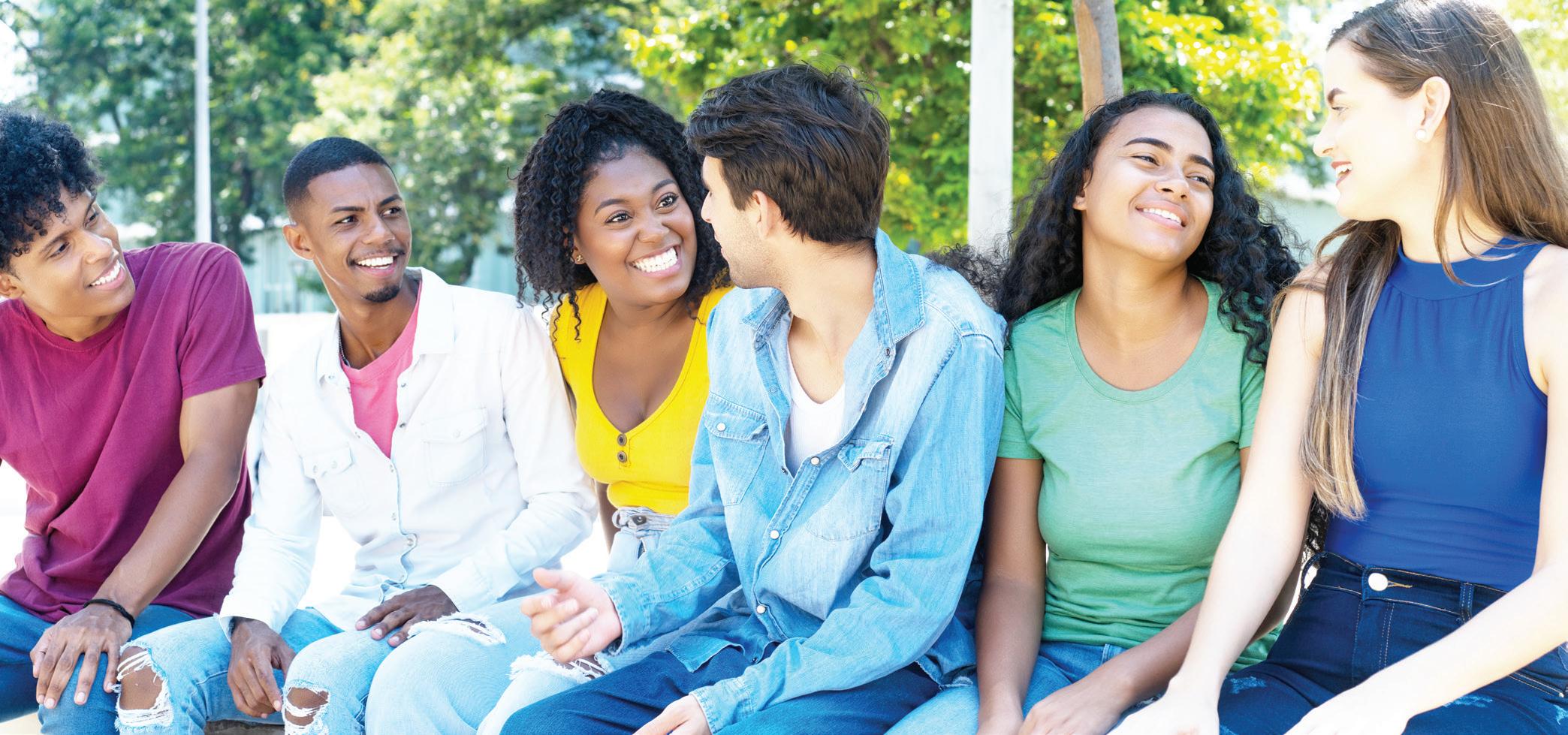
pared to Ivy League and other elite non-HBCU institutions. Further, a report from the Council of Economic Advisors (CEA) links HBCU enrollment with higher graduation rates and increased household incomes, affirming their role in advancing social and economic equity.
aim to amplify this impact, particularly by enhancing HBCUs’ research and development (R&D) capacities in STEM fields.
The new $1.3 billion investment includes $188 million in competitive grants for R&D capacity building and $1.1 billion in funding to support students
Department of Defense created the first-ever HBCU-led University Affiliated Research Center (UARC). Howard University, leading a $90 million program over five years, focuses on advancing autonomous technologies for Air Force missions.
Bridging the digital divide: The Department of Commerce’s Connecting Minority Communities program funds 43 HBCUs to secure highspeed internet, equipment, and IT personnel, directly ad-
dressing the digital divide.
Leading in clean energy:
The Department of Energy’s
$7.75 million HBCU Clean Energy Education Prize is designed to enhance STEM education and inspire future leaders in clean energy fields.
Diversity in agriculture: The Department of Agriculture’s $262.5 million investment supports 33 projects to train over 20,000 future food and agricultural leaders, emphasizing diversity in the agricultural sector.
Officials said that the unprecedented support for HBCUs reflects the administration’s broader agenda to promote educational excellence and equity. Reestablishing the White House Initiative on Advancing Educational Equity, Excellence, and Economic Opportunity through HBCUs further signifies this commitment, they said. Further, according to the fact sheet, the administration’s diversity is a testament to this focus, with many HBCU graduates, including Harris, holding key roles.
The new funding coincides with Forbes magazine’s recent ranking of HBCUs. Forbes named Howard University the number-one HBCU. It was ranked 273rd among the top 500 colleges and universities, ahead of Spelman, Morehouse, Florida Agricultural and Mechanical University (FAMU), North Carolina A&T, and Hampton University. The rankings showcase HBCUs’ ability to produce high-earning, influential graduates from diverse economic backgrounds, often with lower student debt.
Stacy M. Brown is the NNPA Newswire senior national correspondent.
Economically, according to the UNCF, HBCUs contribute $16.5 billion annually to the U.S. economy, generate over 136,000 jobs, and produce $146 billion in lifetime earnings for their graduates. The administration’s investments
directly through need-based grants and programs like Pell Grants. According to the fact sheet, this action builds on a series of initiatives launched to expand HBCUs’ influence and capabilities, including: Innovation in defense: The
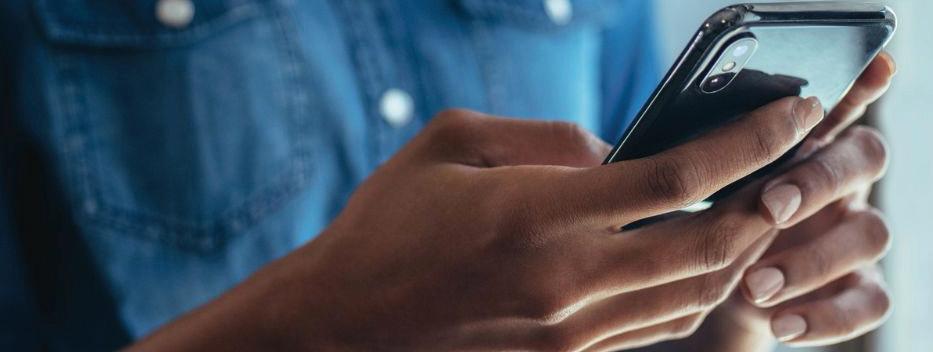
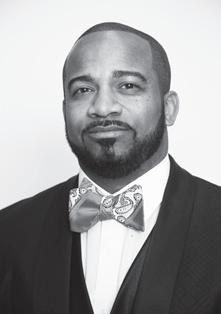
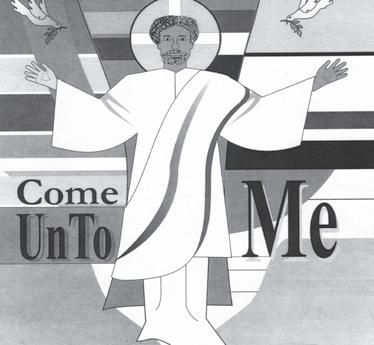
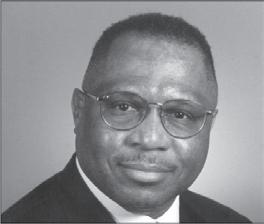





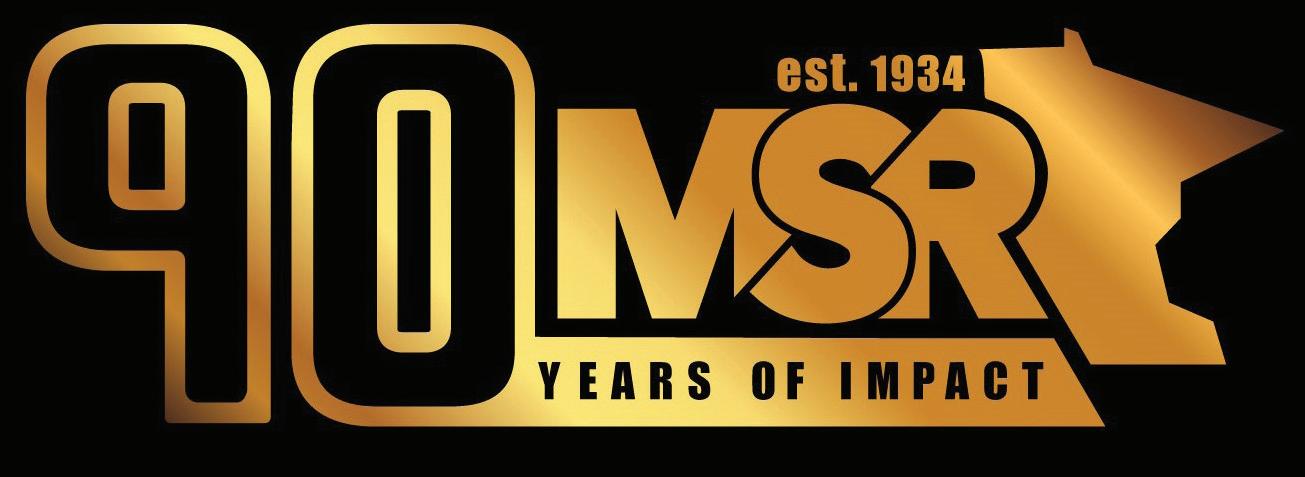
As the Minnesota Spokesman-Recorder approaches its 90th anniversary, you’re invited to commemorate this historic milestone by donating $90 to celebrate 90 years of continuous publication.
As the Minneapolis Spokesman-Recorder begins its 90th Anniversary year, you’re invited to commemorate this historic milestone by donating $90 to celebrate 90 years of continuous publication.
Your generous contribution will support our legacy of dedicated community empowerment through journalism and ensure our vital work continues into the future.
As a “$90—for- 90” contributor (non-business), your name will be prominently displayed in our print and digital editions until the week of Aug. 10, 2025. The paper was founded on Aug. 10, 1934.
As a “$90-for-90” contributor (non-business), your name will be prominently displayed in our print and digital editions until the week of Aug. 10 — the date of our founding in 1934.
Please consider this unique opportunity to stand collectively with the MSR, honoring 90 years of tradition and community service. For inquiries or to join as a “$90-for-90” supporter, call 612-827-4021, visit our website, or email admin@spokesman-recorder.com.
Anita Alexander
Ray Seville Productions
Torrion Amie
Kimerlie Geraci
Holly Andersen
David Fettig
Nancy L. Beals
Tracy Wesley
Jonathan Beck
The O’Neill Family
Clara Boykin & Family
Liam Cavin
Gretchen Bratvold
Amanda Brinkman
Your Name Here
Toweya Brown-Ochs
Your Name Here
Benjamin F. Bryant & Dr. Antusa S. Bryant
Your Name Here
Deanna Callender
Your Name Here
Shirlee L. Callender
Your Name Here
Karl Cambronne
Your Name Here
Liam Cavin
Your Name Here
Janis Clay
Your Name Here
Edward Coblentz
Your Name Here
Coventry Cowens
Michael Davis
Your Name Here
Victoria Davis
Your Name Here
Michael Diehl
Your Name Here
April A. Estes
Your Name Here
George Ewing
Your Name Here
Elizabeth Fealey
Your Name Here
David Fettig
Your Name Here
Readus Fletcher
Your Name Here
Ken Foxworth
Your Name Here
Your Name Here
Michael Franks
Lee Friedman
Your Name Here
Ella Gates-Mahmoud
Your Name Here
Kimerlie Geraci
Your Name Here
Erick Goodlow
Your Name Here
Leota Goodney
Your Name Here
Pamela Hall-Clemens
Your Name Here
Jeana Hamm
Hendon Group, Inc
Your Name Here
Colnese Hendon
Your Name Here
Connie Hudson
Your Name Here
Angelo Hughes
Your Name Here
Andrew Issacson
Your Name Here
Katie Izzo
Nina Johnson
Your Name Here
Clarence Jones
Your Name Here
Debra Jones
Your Name Here
Shirley R. Jones
Your Name Here
Cynthia Kelly & Murry Kelly Jr.
Your Name Here
Nathaniel Khaliq
Your Name Here
Zena Kocher
Your Name Here
Jimmy Lewis
Your Name Here
Lisa Lissimore
Your Name Here
Michele Livingston
Harlan Luxenberg
Your Name Here
MRPP and Associate Communications
Your Name Here
Your Name Here
Melanie Manaen
Kyle Meerkins
Deborah Montgomery
Your Name Here
Debbie Morrison
Your Name Here
Marcia Murray
Your Name Here
Mary K. Murray Boyd
Your Name Here
Dan Ness Sanda Noy
Your Name Here
Your Name Here
The O’Neill Family
Your Name Here
Minister Dr. Ni Ora Hokes
Liz Oppenheimer & Jeanne Burns
Your Name Here
Your Name Here
Ray Seville Productions
Your Name Here
Mary Quinn McCallum
Amy Pfankuch
Your Name Here
Patty Ploetz
Your Name Here
Mark Ritchie
Your Name Here
Lyn Rabinovitch & John Saxhaug
Your Name Here
Augustus Ritemon
Your Name Here
Carolyn Roberson
Your Name Here
St. Paul Saints
Your Name Here
Floyd Smaller
Chanda Smith Baker
Your Name Here
South Hill Film
Your Name Here
Ronald Spika
Your Name Here
Cyriaque Sukam
Your Name Here
Timothy Sullivan
Your Name Here
Heidi Swank
Your Name Here
Dotty Timmons
Nicholas Upton
Your Name Here
Jason Walker
Dr. Betty Webb
Your Name Here
Bill Wells
Your Name Here
Tracy Wesley
Your Name Here
Jeffery Young
Your Name Here
Your Name Here
Your Name Here
Your Name Here
Your Name Here
Your Name Here
Your Name Here
Your Name Here
Your Name Here
Your Name Here
Your Name Here
Your Name Here
Your Name Here
Your Name Here
Your Name Here
Your Name Here
Your Name Here
Your Name Here
Your Name Here
Your Name Here
Your Name Here
Your Name Here
Your Name Here
Your Name Here
Your Name Here
Your Name Here
Your Name Here
Your Name Here
Your Name Here
Your Name Here
Your Name Here
Your Name Here
Your Name Here
Your Name Here
Your Name Here
Your Name Here
Your Name Here
Your Name Here
Your Name Here
Your Name Here
Your Name Here
Your Name Here
From Ads Department/MN Spokesman-Recorder
PHONE: 612-827-4021
FOR BILLING INQUIRIES & TEARSHEETS
PLEASE CONTACT ACCOUNTING DEPT
BILLING@SPOKESMAN-RECORDER.COM
ASSUMED NAME FLAT RATE: $215.00 2 WEEK RUN
Please proof, respond with email confirmation to ads@spokesman-recorder.com
AUTHORIZED REPRESENTATIVE AGENT
SIGNED BY:Todd-Michael:[JACKSON]
MAILING
EMAIL FOR OFFICIAL NOTICES: mddg1969@gmail.com
Minnesota Spokesman-Recorder October 10, 17, 2024
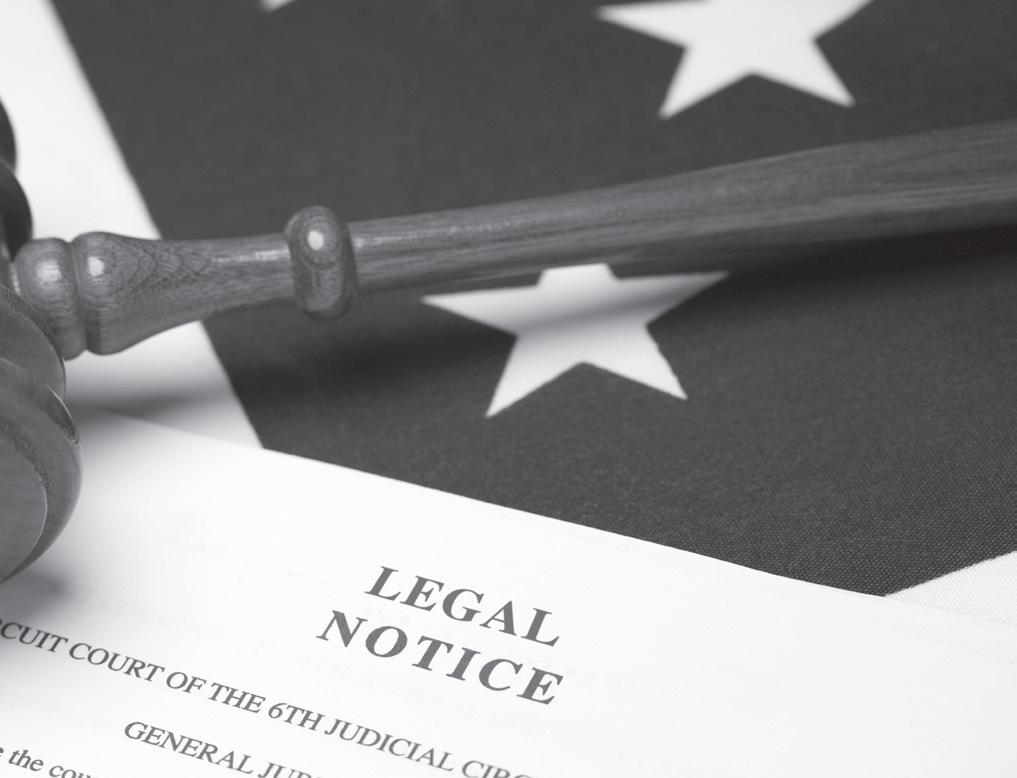
Continued from page 12
player or coach.
“We get a lot of secondguessing from ‘third base coaches’ that watch the game,” Watkins pointed out as we sat and chatted in the Twins dugout during the team’s final home stand last month.
“When you hold somebody [up], they think you should send them [home]. When you send somebody and they get thrown out, it’s my fault.
“It’s a chance you take, and you don’t win every chance you get. Some guys get thrown out,” he said.
“You definitely have to know your personnel,” explained Watkins. “There’s a lot of things that go on. People just
Continued from page 12
the case in working society. “We don’t always get the great jobs with the infrastructure in place,” continued Washington.
This wasn’t the case for her, who succeeded the nowretired Hall of Famer C. Vivian Stringer and was fully supported by school higher-ups. “Then you have to be given time to do that if you want it done in a way to promote long-term success.”
see [me] waving my hands.”
Asked how many Black third base coaches there are in the majors, Watkins took a deliberate pause before answering: “Just thinking off the top of my head, there’s four I can think of.” Watkins’ other responsibilities include working with the outfielders.
“With the outfielders,” he continued, “we take ground balls every day and I progress from ground balls to line drives. Then I hit line drives in and over their heads to make them go back and forth, then end with short pop-ups.”
Changes are evitable even after a successful season, but especially after a club that did a historic crash like the 2024 Twins did. “It’s tough to say goodbye because you never
Please Note: New email address for all future ads is ads@spokesman-recorder.com
The MSR handles billing digitally. This means you will get e-tears and e-mailed invoices unless you specifically request a hard copy.
know who is going to come back,” said Twins infielder Royce Lewis, one of three Blacks on the team this season. But it might be safe to say that both Lewis and Watkins will be in Twins uniforms in 2025.
Woods Richardson hit rookie wall
Simeon Woods Richardson was the Twins’ only Black pitcher for most of the 2024 season, being called up from St. Paul in May. And for the most part, the rookie hurler was impressive as a starting pitcher with 28 starts, 5-5 W-L record, 4.17 ERA, 117 strikeouts. He finished sixth among Minnesota rookies since 2009 to log over 130 innings. After his Sept. 25 start, the
of Indiana rookie Caitlin Clark.
Twins demoted Woods Richardson, shutting him down for the remainder of the season. But Baldelli told us that the organization is still high on the pitcher.
“He had a very long year,” surmised the manager. “He had no way of knowing he would be in the big leagues basically the entire season” and hit the proverbial rookie wall late in the year, Baldelli said of Woods Richardson. “This is a difficult task to do for four months, yet alone for 4-7 months.
“He made great strides this year, and I think he’s capable of a lot more,” concluded Baldelli.
Charles Hallman welcomes reader comments to challman@ spokesman-recorder.com.
St. Cloud, MN printing company seeks Production Coordinator.
Reviewing and planning technical aspects of entering a job into production, overseeing the job through stages of production until final delivery, and communicating job status to key stakeholders including clients and management. Reviews customer specifications, artwork, estimates and other documentation to ensure that costs have been captured correctly. Contact and coordinate with client to determine need; support management in organization of work flow. As needed, assist in concepts and sample layouts. Bachelor’s Degree required. Resume to mbrandt@minutemanpress.com
Minnesota Spokesman-Recorder October 10, 2024
Some would say Wright, who went into coaching after 14 seasons as a player, did get enough time. But they also argue that Weatherspoon certainly didn’t after only a year on the job. Unfortunately, this reflects the historical failing that Black coaches are too often not given the full benefit of the doubt or full support, unlike their non-Black counterparts.
Continued from page 12
overall record.
Playing quarterback and defensive back for the Minutemen, Lankfard Jr. was selected to the 2023 North Star and Skyway All-District Football Team while leading them to an overall record of 7-3. After passing for two scores
This has been a tough couple of weeks or so for America’s longest running women’s pro basketball league. First, Commissioner Cathy Engelbert did not make things right when her initial comments went public to address the viral threats the league’s Black players have received all season long from new fans following the W sorely because
and running for another in a 21-13 victory over Minneapolis Southwest last Friday, he has accounted for 16 touchdowns in six games while leading Central to a 3-3 record. The apple doesn’t fall far from the tree where Allan Lankfard Jr. is concerned.
Older brother Mychel Stowers, a 2006 St. Paul Central graduate, was All-Conference in football and basketball as a
Then, Connecticut’s Alyssa Thomas took some criticism when she spoke out against Indiana fans who have hurled racial brickbats at her and other Black players on social media and sometimes at games, all in the guise of supporting Clark, a White player. Then, the WNBA Players Association came out with a strong statement, their second such statement decrying what has been happening this season to its rank-andfile members It calls for the revocation of a White female journalist after her seemingly racist questioning of Thomas’ teammate DiJonai
guard and all-purpose player respectively.
Their father and 1984 St. Paul Central alum, Allan Lankfard Sr., excelled in both sports as well, leading the Minutemen to a third-place finish in the Class AA boys basketball tournament as a senior.
Carrington after an on-court collision between her and Clark that resulted in a black eye to Clark.
Both players said it wasn’t intentional. However, the journalist—who we later learned is working on a book on Clark—has been openly protective of the rookie.
Now comes the firing of two Black HCs, which if things stay the course leaves Seattle’s Noelle Quinn as the only Black coach in a majority-Black women’s league. Along with Clark, the W has a diversity black eye as a result.
Charles Hallman welcomes reader comments to challman@ spokesman-recorder.com.


Lankfard Jr. is being recruited for both sports. When his career concludes he will have established himself as one of the greatest student athletes to come out St. Paul. For some student athletes, transferring sometimes works, sometimes it doesn’t. Staying at one school works out for some, but not for others. For Lankfard Jr., it appears he made the right choice.

Dr. Mitchell Palmer McDonald welcomes reader comments to mcdeezy05@gmail.com.

t will be a long, long off season for the Minnesota Twins. An almost certain post-season berth went up in smoke when the team went into a late season swoon, which produced cries of firings, finger pointing and shaming and blaming as a result.
“Everything we did probably took a step down six weeks ago,” admitted Twins Manager Rocco Baldelli to reporters, including the MSR, during his last post-season meeting after his team concluded its season on a three-game losing streak. “We did not play well-rounded baseball… We broke down.” Historically, whenever a
team collapses as Minnesota mightily did, it is virtually expected that somebody or a bunch of somebodies must take the fall—scapegoats must be sacrificed on the criticism altar.
“It’s tough to say goodbye because you never know who is going to come back.”
Four coaches were dismissed last week, but not Tommy Watkins. “I love Tommy,” Baldelli told me. “Tommy does a great job.”
Watkins, the Twins’ only

Black coach, has been a member of the organization for nearly 30 years, beginning as a draftee in 1998, then several years in the minors, then as a minor league coach and a oneyear manager before finally landing with the parent club as a coach in 2019.
He has served as a first base coach and in his present third base coach position for several seasons. Being a third base coach draws more than its share of criticism, sometimes more than the manager, usually from the so-called fans and media who believe they know more than the professional
■ See SOE on page 11
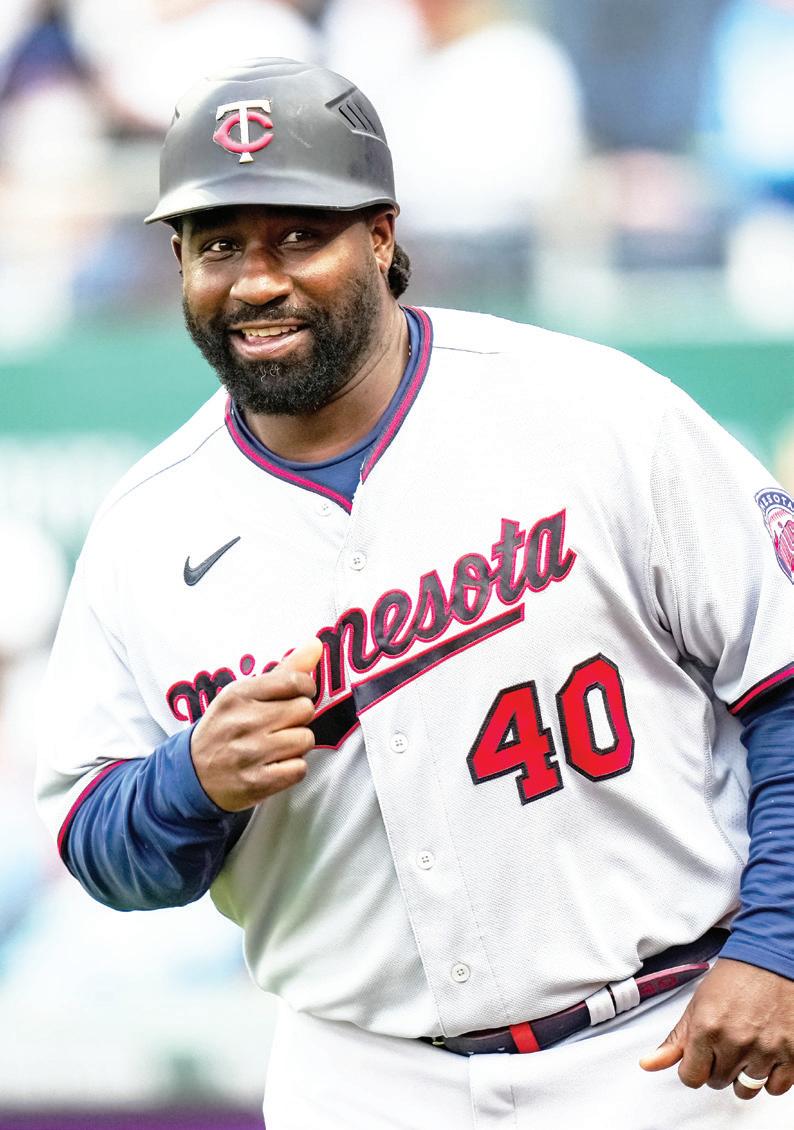
College games remain
WNBA gets a diversity black eye
By Charles Hallman Sports Columnist
hree WNBA head coaches have been fired since the playoffs began a couple of weeks ago. Two of them are Black females. Teresa Weatherspoon and Tanisha Wright both are former league players and have coaching experience either as an NBA assistant and college head coach (Weatherspoon) or as a former W assistant before getting her first head coach opportunity (Wright). Both were axed in a nearly two-week span by their former employers, Chicago and Atlanta respectively.
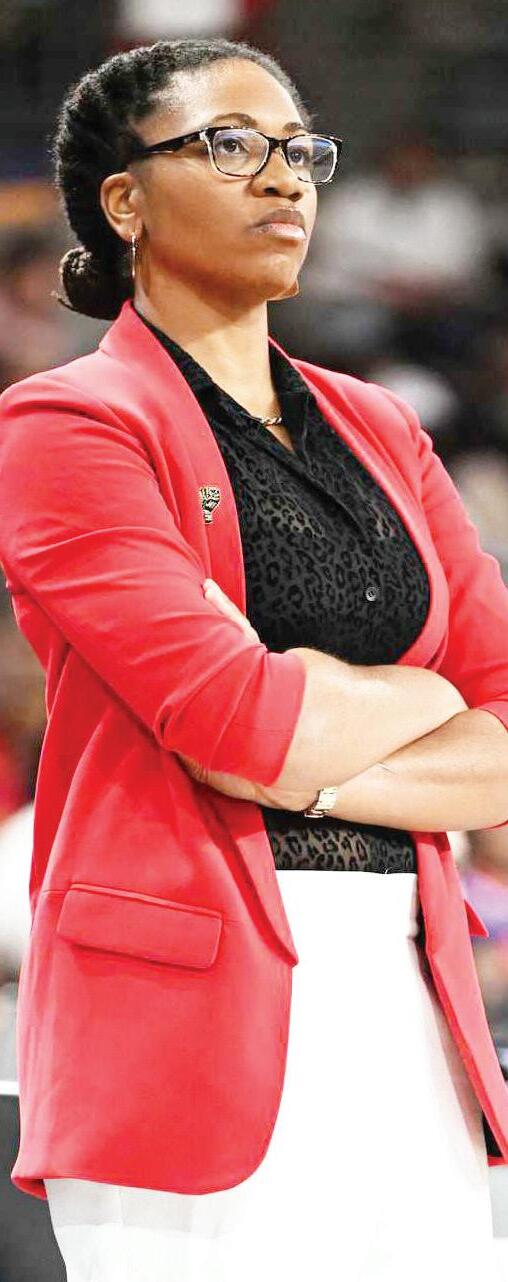
But for the pros, better check your budget

ur discussion on the cost of attending sporting events continues with a look at local college games. Is it cheaper than the pros? You bet.
Relatively speaking, it costs much less to attend local college games than pro sports.
We compared ticket prices for several sports in the two Division I schools in Minne-
sota—University of Minnesota (UMN) and University of St. Thomas (UST). These figures are for single-game tickets:
Football — $10-$38 (UST); $45.19 (UMN)
Men’s basketball — $12$33 (UST); $19.62 (UMN)
Women’s basketball — $5$8 (UST); $14.57 (UMN)
Men’s hockey — $10-$28 (UST); $38.06 (UMN)
Women’s hockey — $5-$8 (UST); $10 (UMN)
The above prices do not include parking costs, food and beverage and merchandise.
Gopher fans can be “notoriously frugal,” especially when it comes to certain sports, such as women’s volleyball, a very popular and successful program, wrote Pat Borzi in a December 2022 MinnPost article.
“We also know our fans are price sensitive,” former volley-
ball coach Hugh McCutcheon told Borzi.
“Is
it possible for women’s sports to flourish without the greed
that has
overtaken
men’s sports?”
We haven’t yet looked at women’s sports, which has historically promoted itself as fan-friendly and affordable. But with the latest surge in popularity of women’s basketball, “Prices for tickets are surging,” discovered Lindsay Gibbs, who recently looked at this in her Power Plays newsletter.

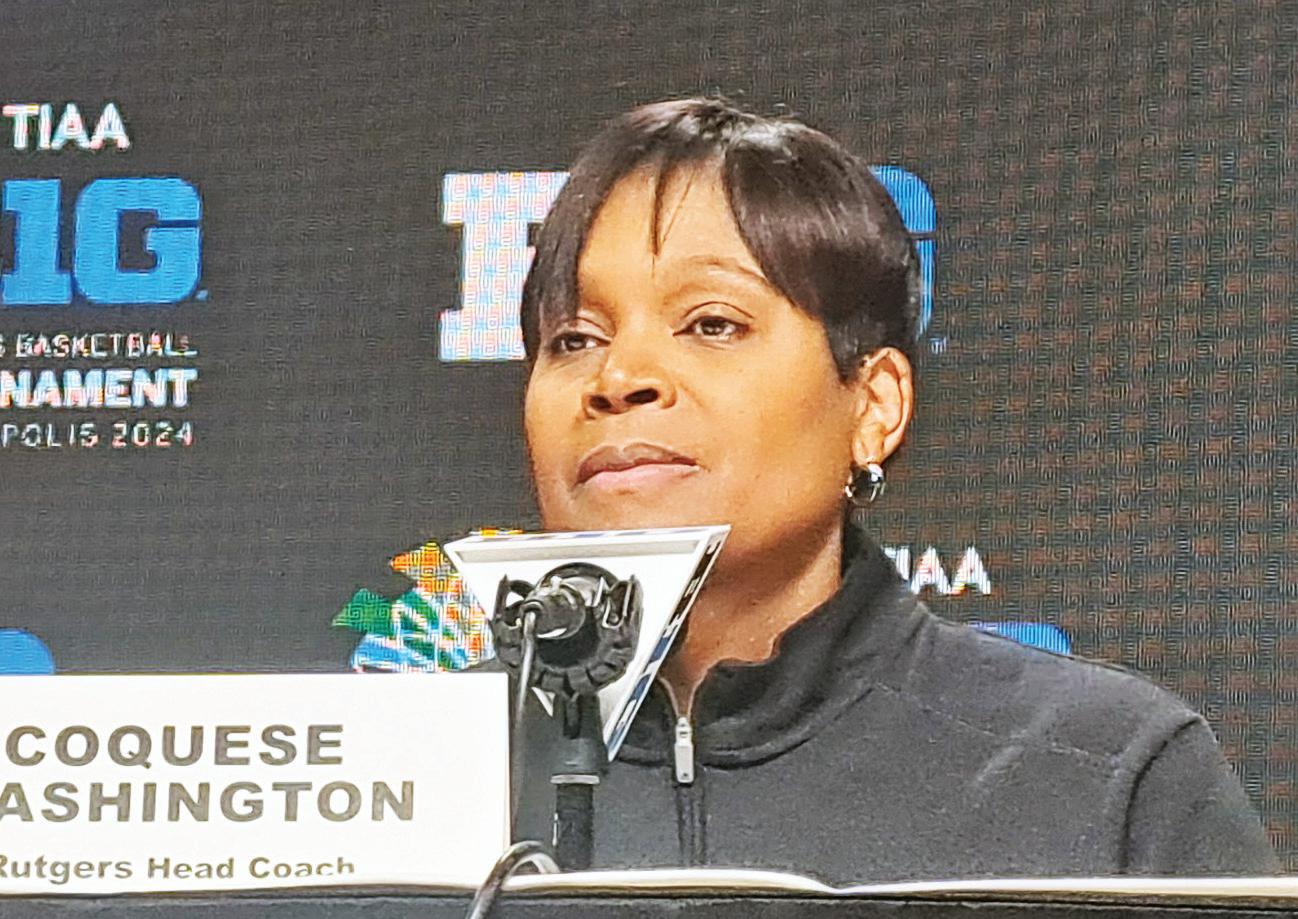
Both firings were surprising, though in Wright’s case somewhat expected since her Dream underachieved this season. Chicago wasn’t expected to make the playoffs but contended for the last eighth spot up until the final week of the season in Weatherspoon’s first and now only season with the Sky.
The Sky now will be on its third coaching search in barely two years. Wright led Atlanta to two playoff appearances in her three years as HC, but the Dream hasn’t had a winning season since 2018.
“The pressure to win is greater than ever,” said an ESPN article last week. The two Black coaches, along with Curt Miller, who LA fired after two seasons there, all had injuries to work around all season, which the article noted, “had they not occurred, could have changed their seasons.”
“We often get the dumpster fires,” Coquese Washington
“We often get the dumpster fires.”
The old axiom “last hired, first fired” clearly applies to Blacks in coaching, as is often
Depending on locale, WNBA ticket prices on average are much cheaper than their NBA counterparts, according to Ticketmaster. At least they were before this season.
USA Today earlier this year reported the five most expensive WNBA games this season, including two Minnesota Lynx contests ($252 and $235).
Now in its second season, PWHL games had resale ticket prices as low as $251 and as high as over $3,100 for premium seats.
Gibbs continued, “Some price increments are uncontrollable. But is it possible for women’s sports to flourish without the greed that has overtaken men’s sports?”
Unfortunately, I remember being able to go to a Major League Baseball game or an NBA contest with $10 dollars in my pocket and bring back change. That was when games were really affordable, more affordable and less noisy and carnival-like as they sadly are today.
Some may argue that it is cheaper to stay home and watch games on television. But unless you get free cable, the prices to watch are getting more and more out of hand. And don’t mention streaming, which is convenient but costly as you go.
In the final analysis, unless the sporting event, whether college, pro or whatever, is free, watching a sporting event in person involves a significant cost. Especially if you don’t want to go alone. You must decide what is affordable for your pocketbook and budget.
Charles Hallman welcomes reader comments to challman@ spokesman-recorder.com.
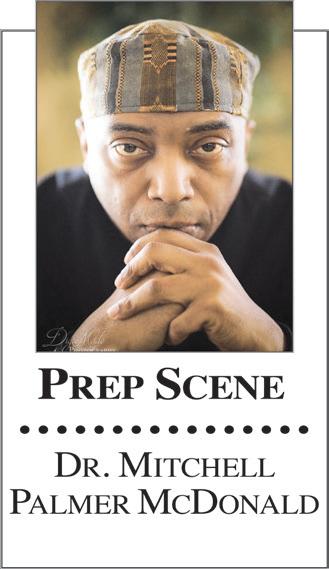
n today’s world of prep sports, it’s common for someone to transfer schools for various reasons.
Sometimes things aren’t going the way the student thinks they should be going, or some students just want to team with friends.
Back in the day, when a student athlete enrolled for their first year of high school that individual, for the most
part, stayed in that school for their entire scholastic career. Others would be at a school one year and another the following season. This column is about an individual who chose to stay the duration—St. Paul Central football and basketball phenom Allan Lankfard Jr.
Whether it’s on the field or court, over the past four years senior Lankfard Jr. of St. Paul Central has developed into one of the top student athletes in the state of Minnesota.
As a junior last season, The 6’1” 200 pound senior averaged 19.1 points per game, leading the boys basketball team to the St. Paul City Conference Championship while capturing All-Conference and Player of the Year honors with Central finishing with a 20-7
